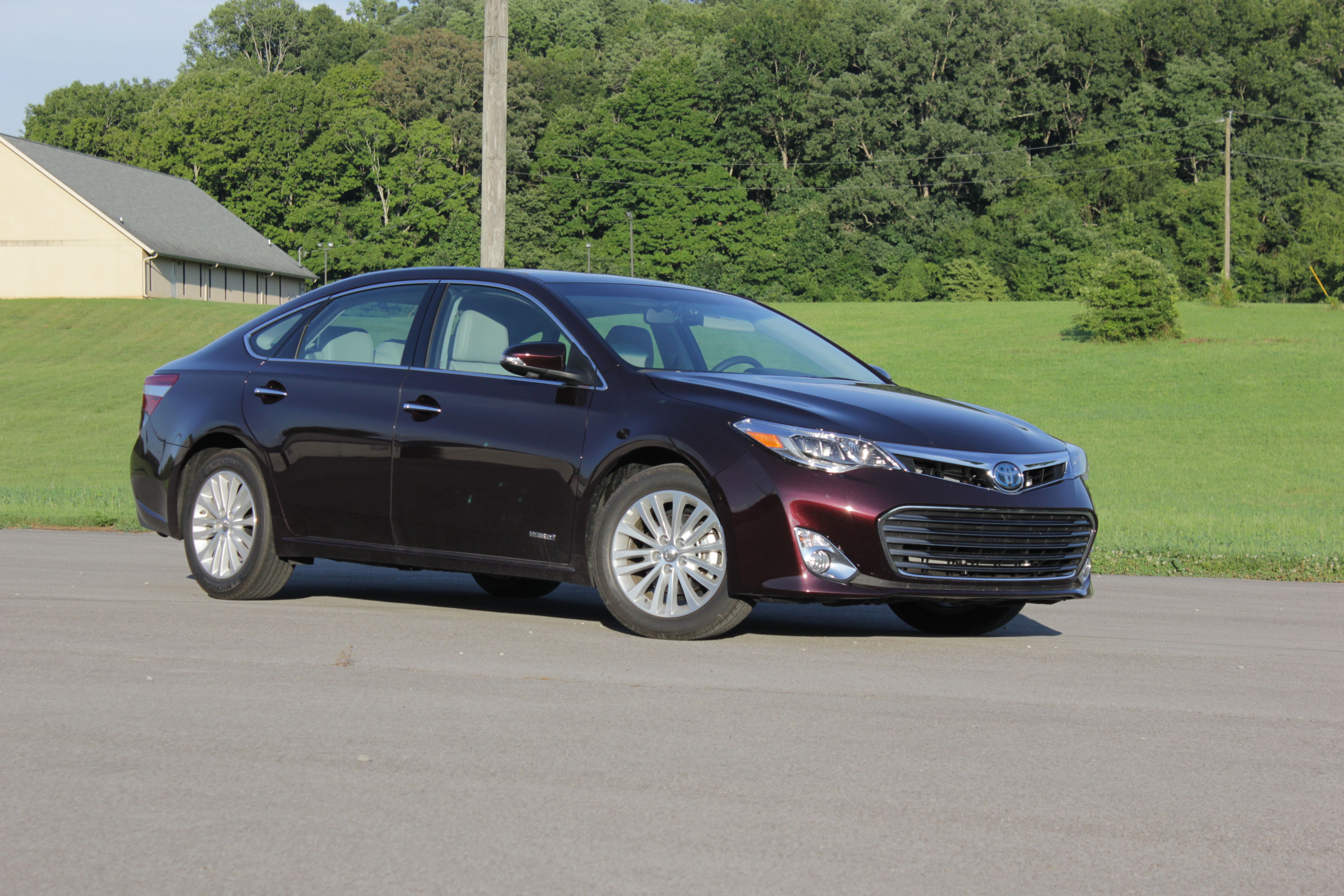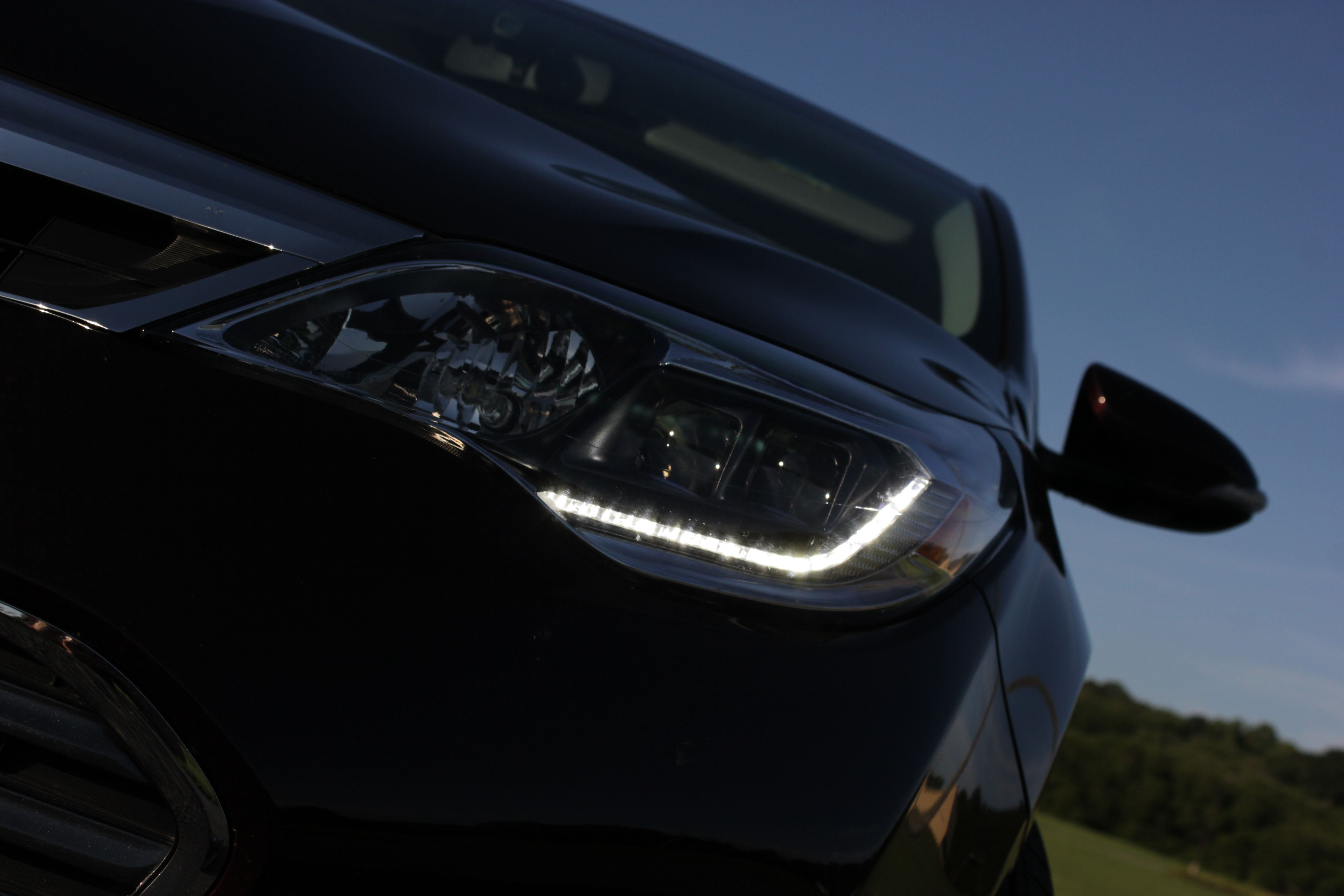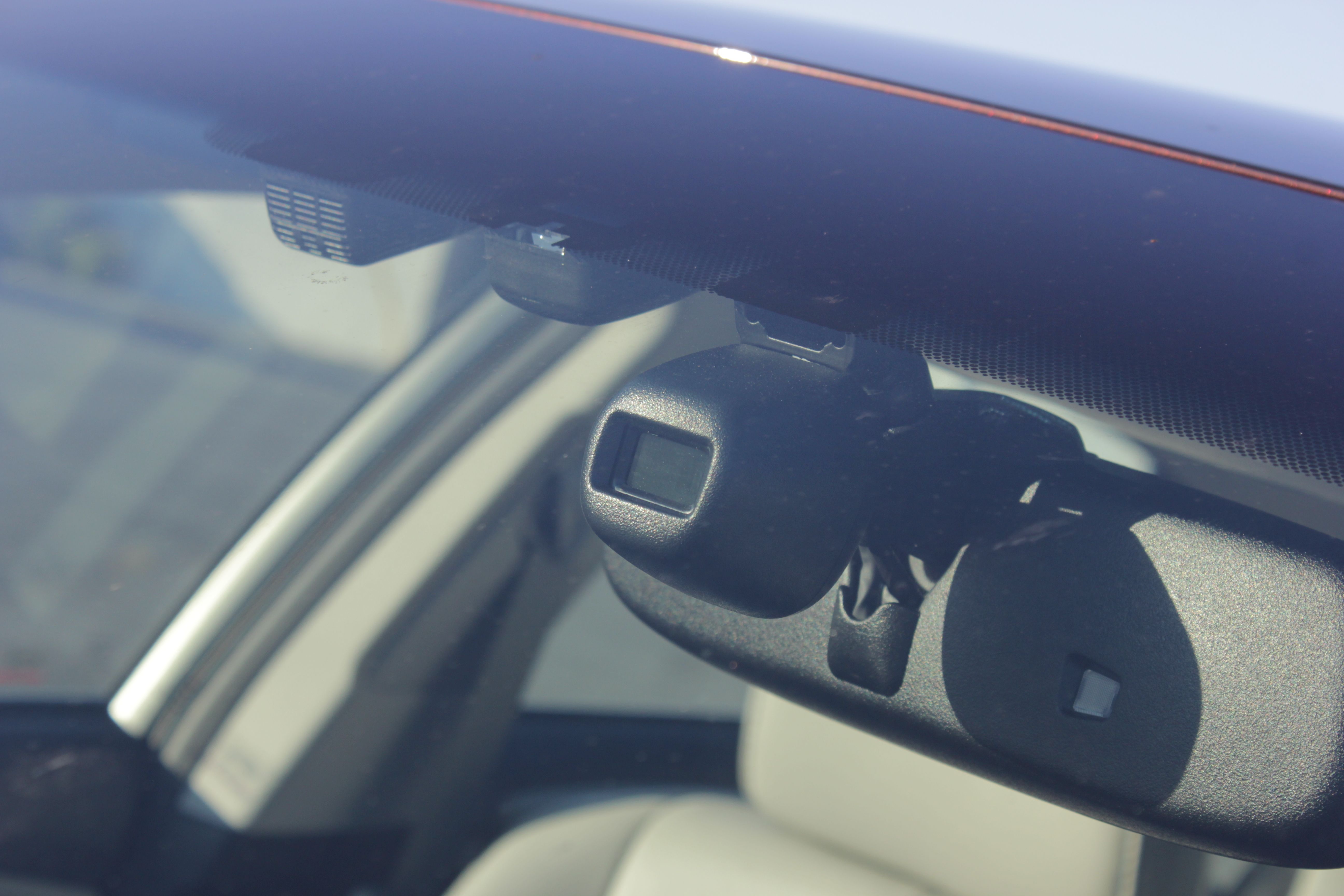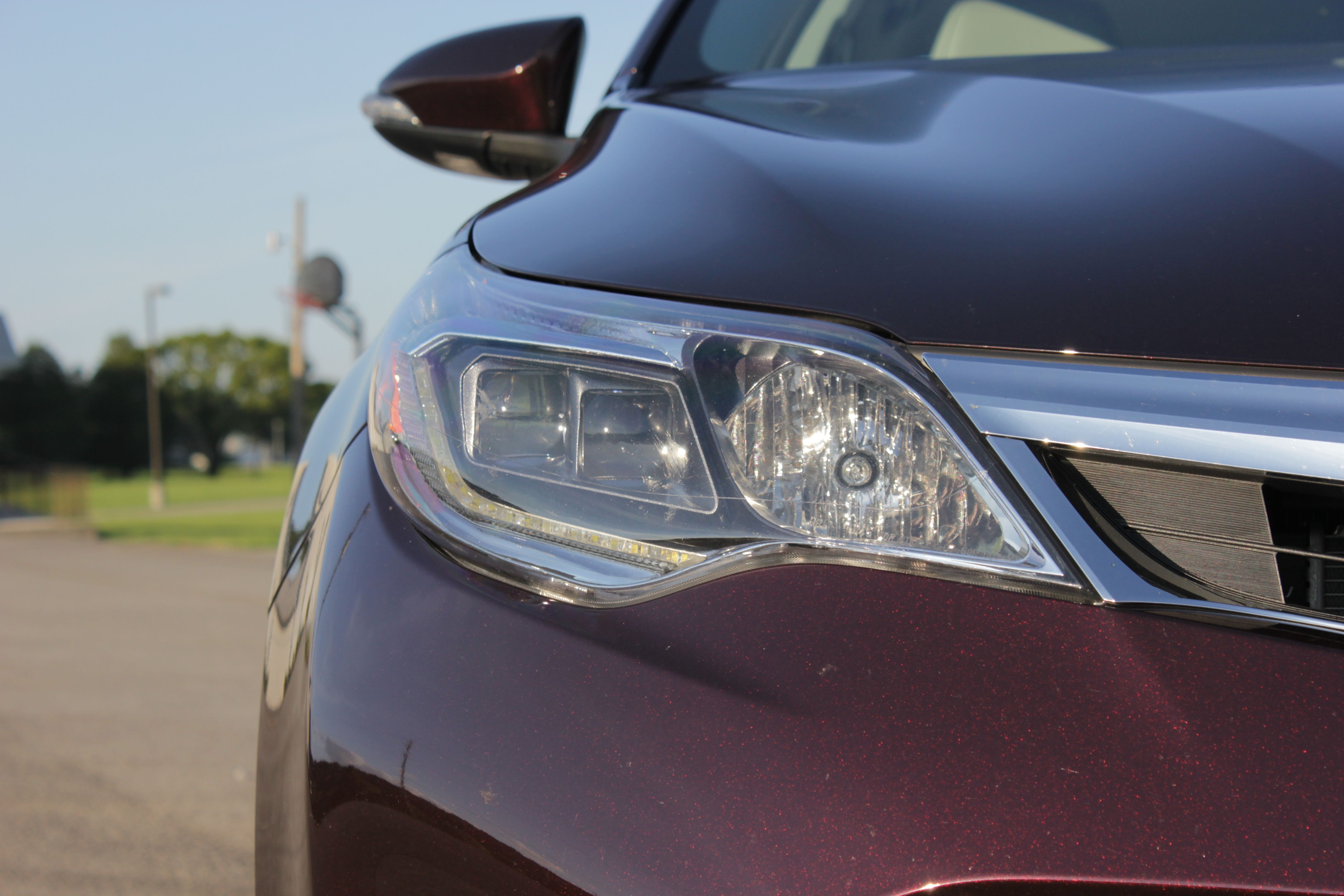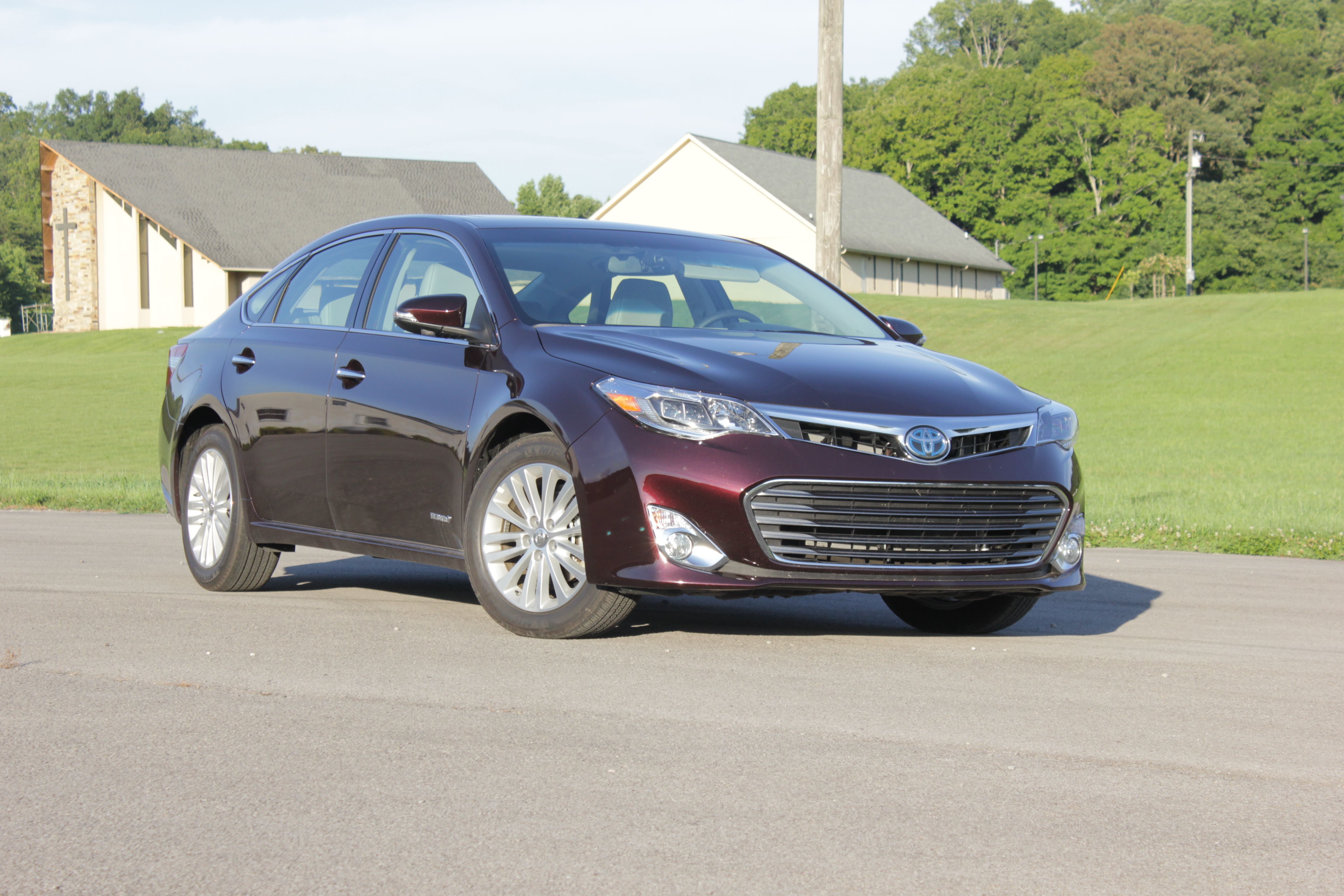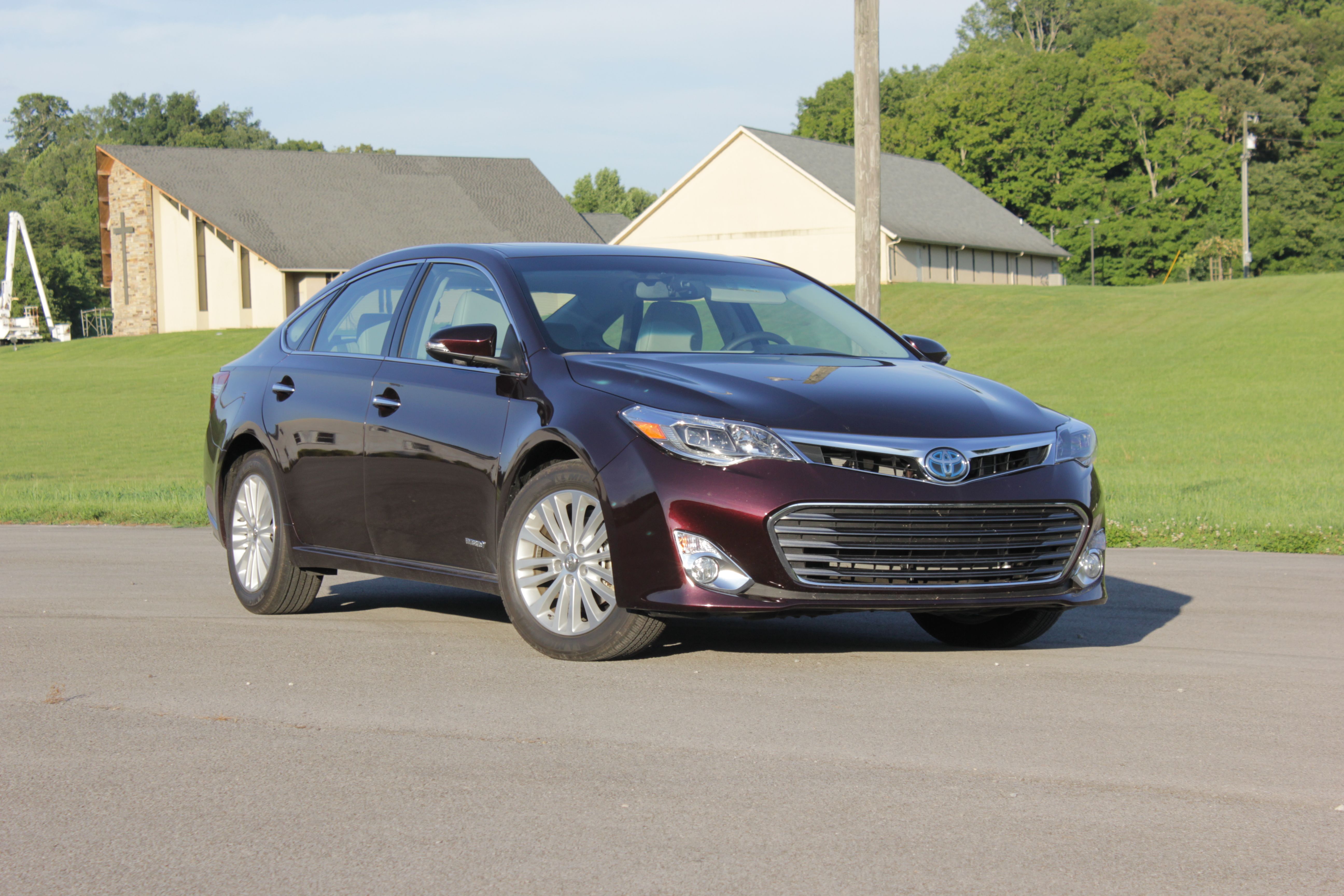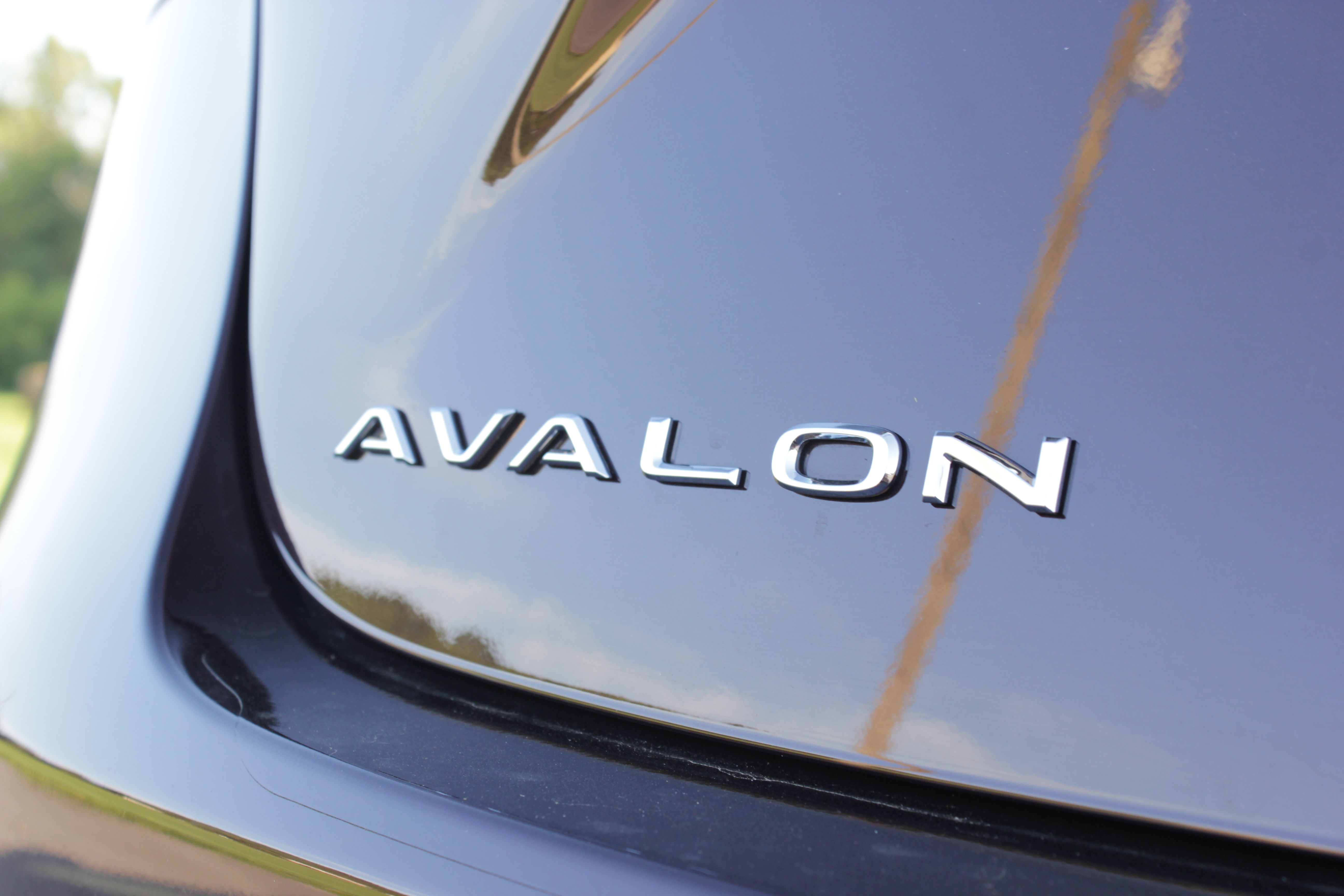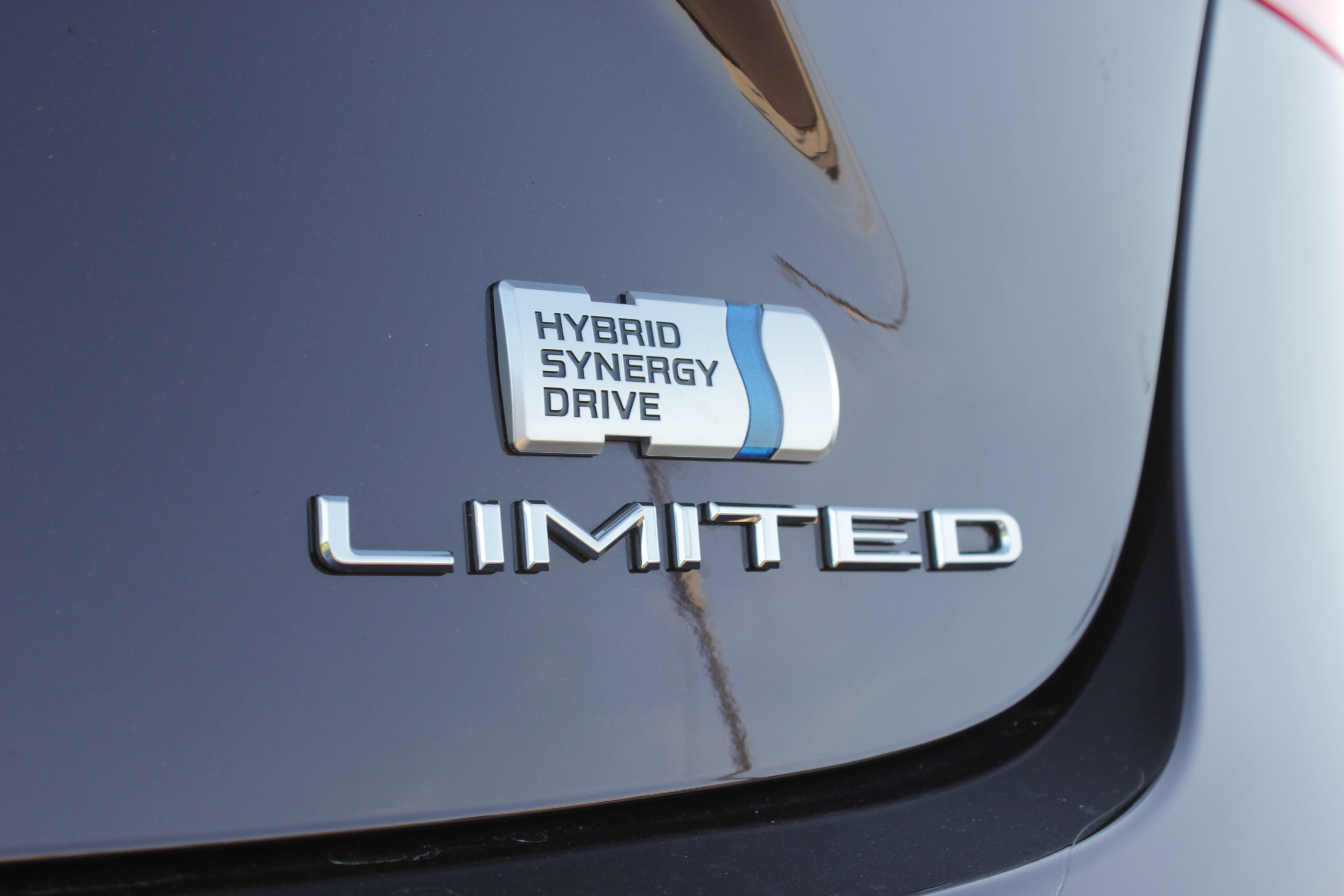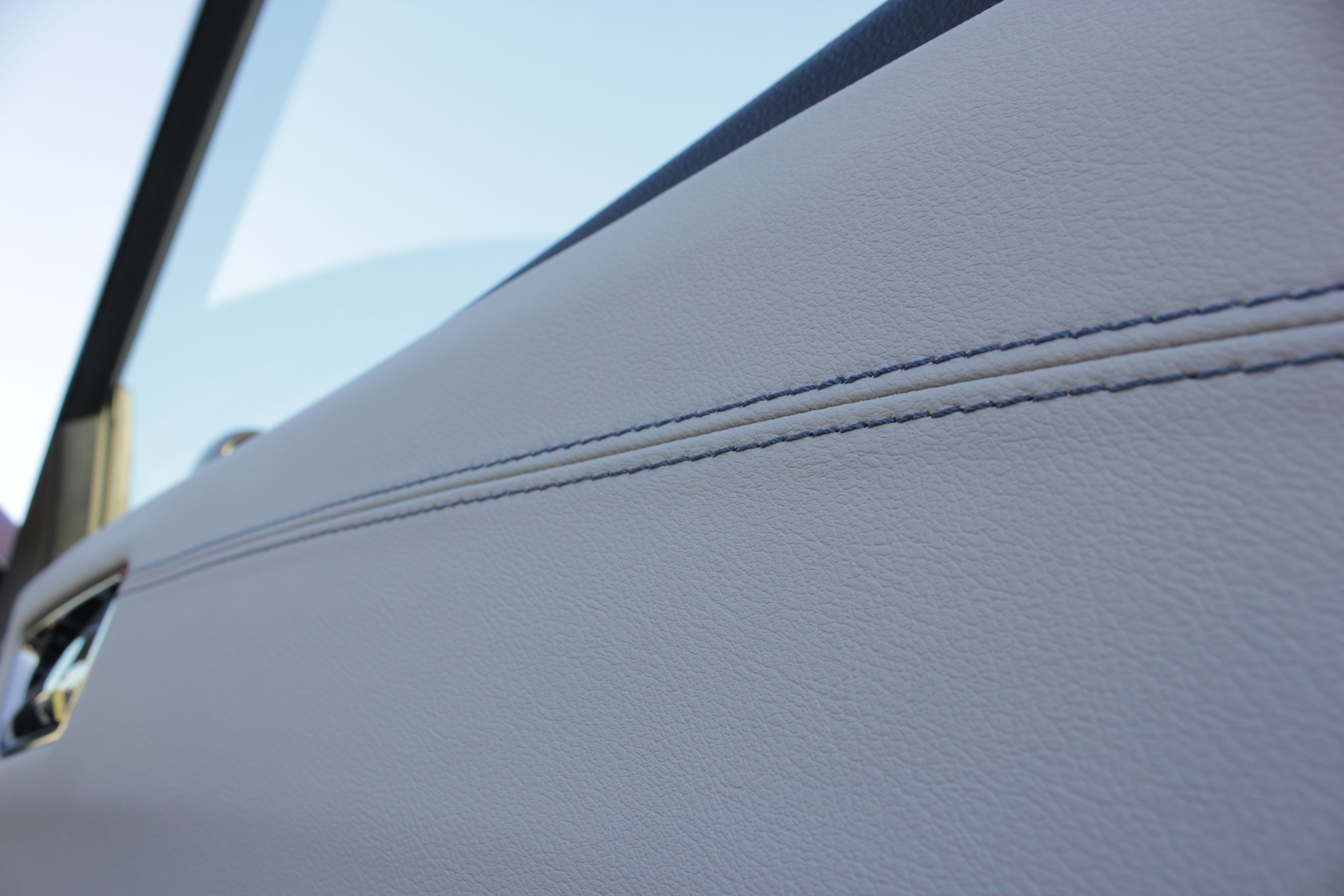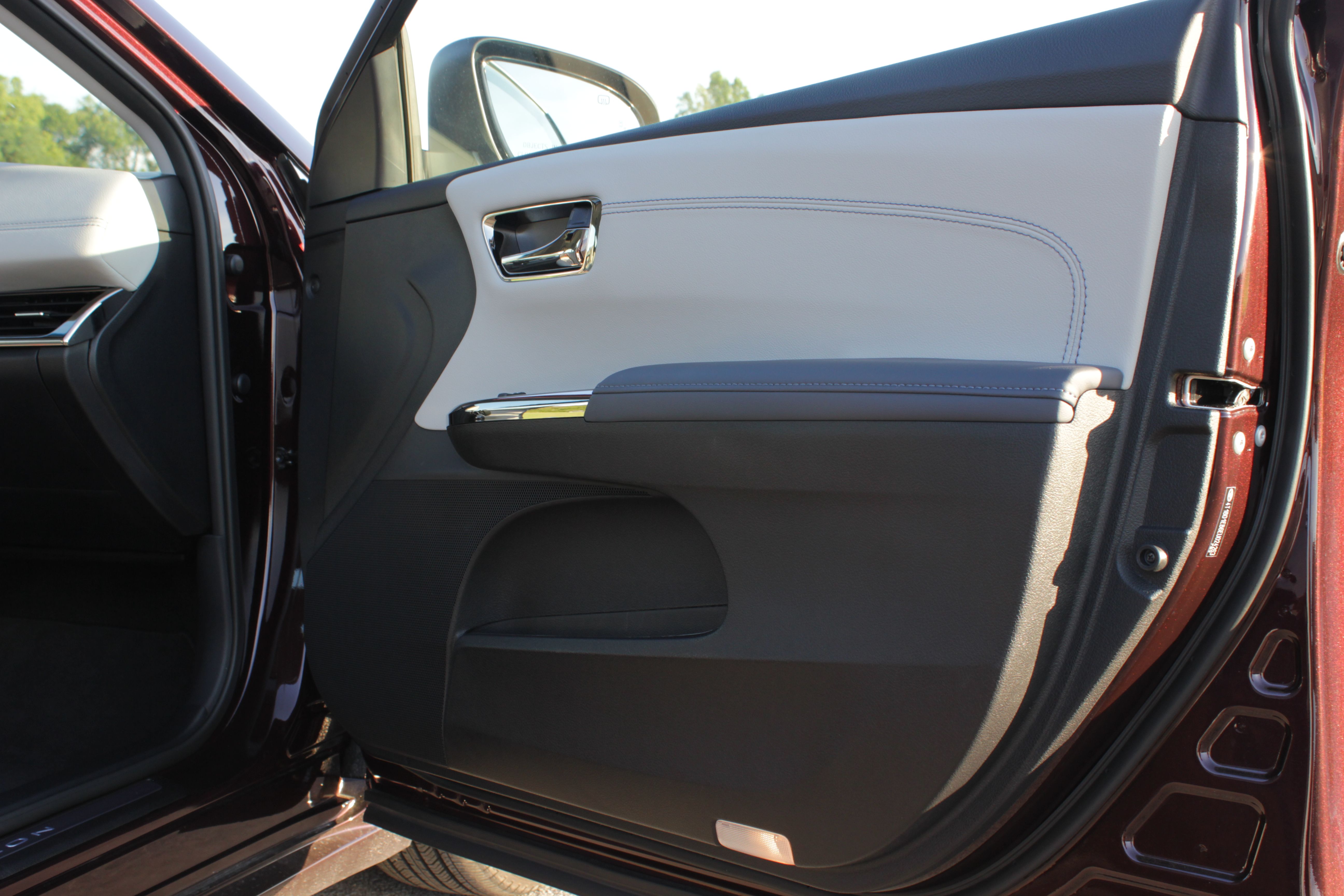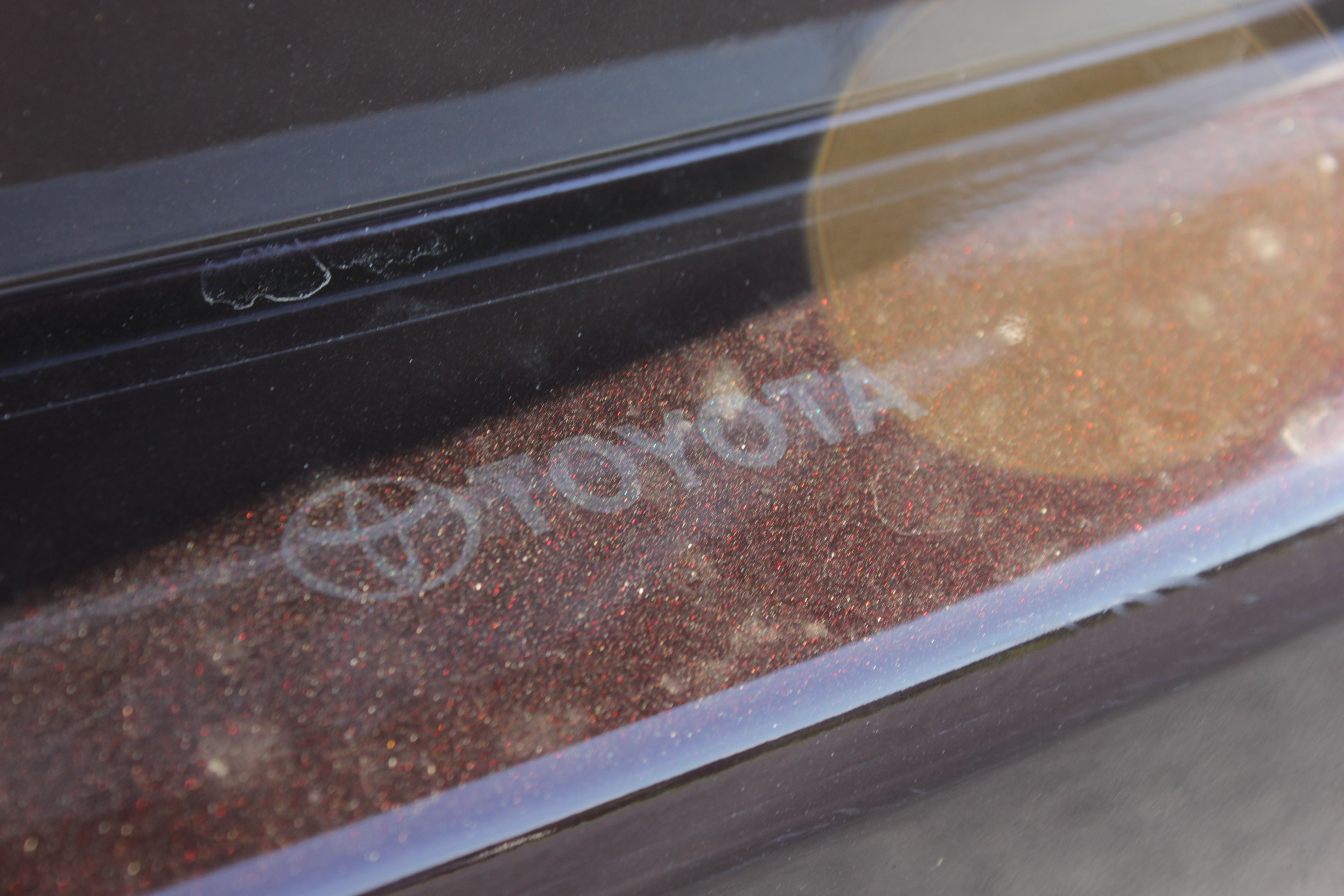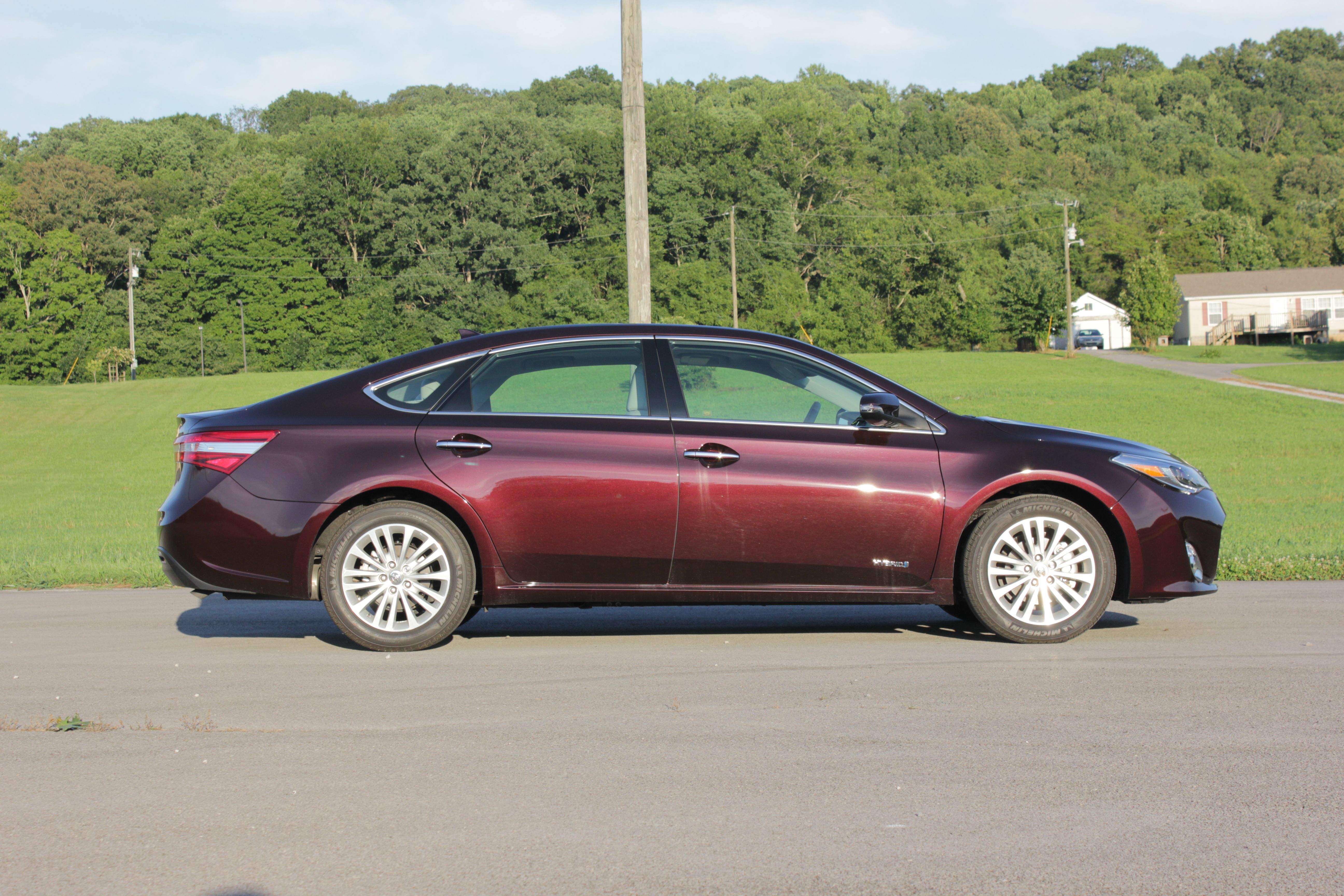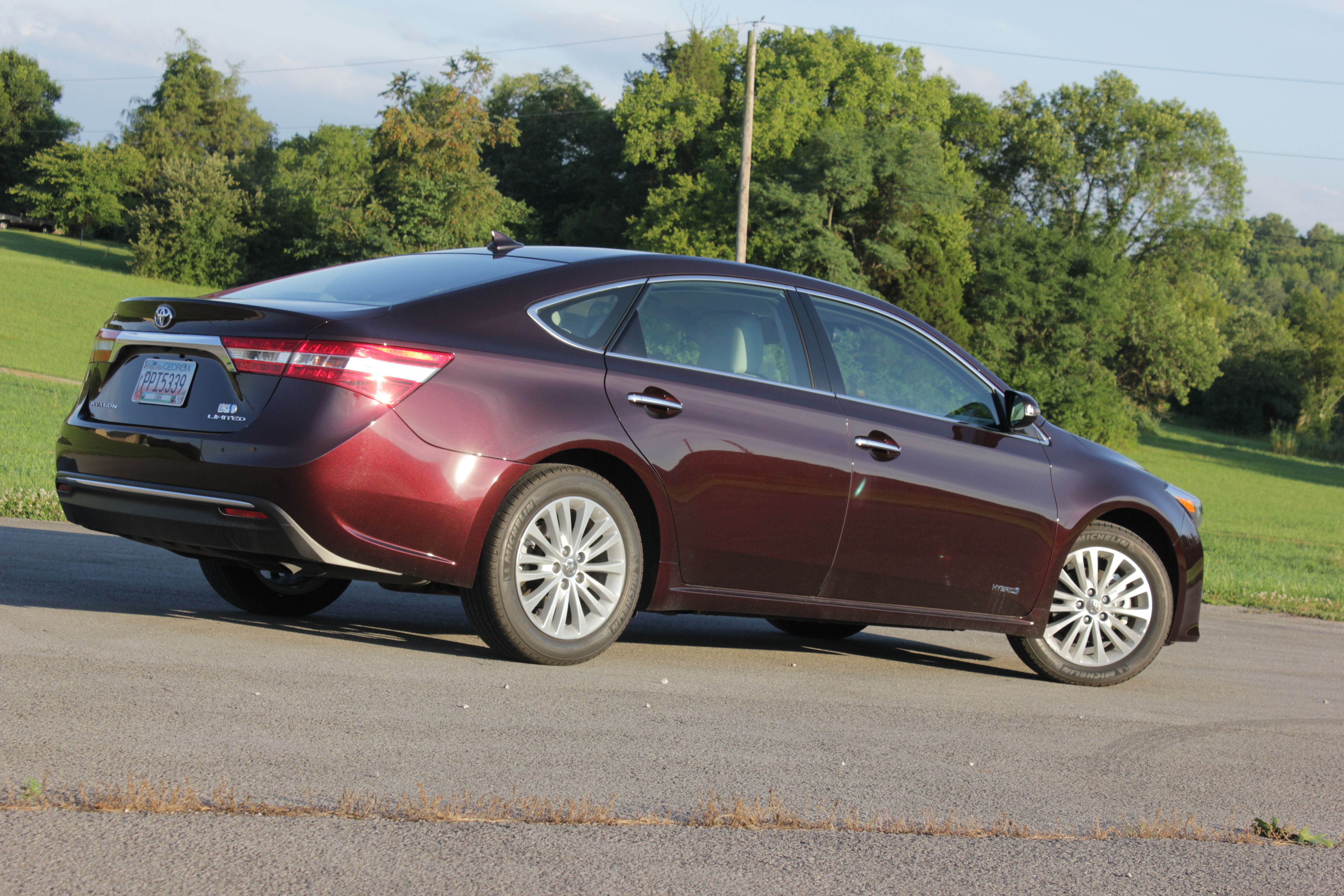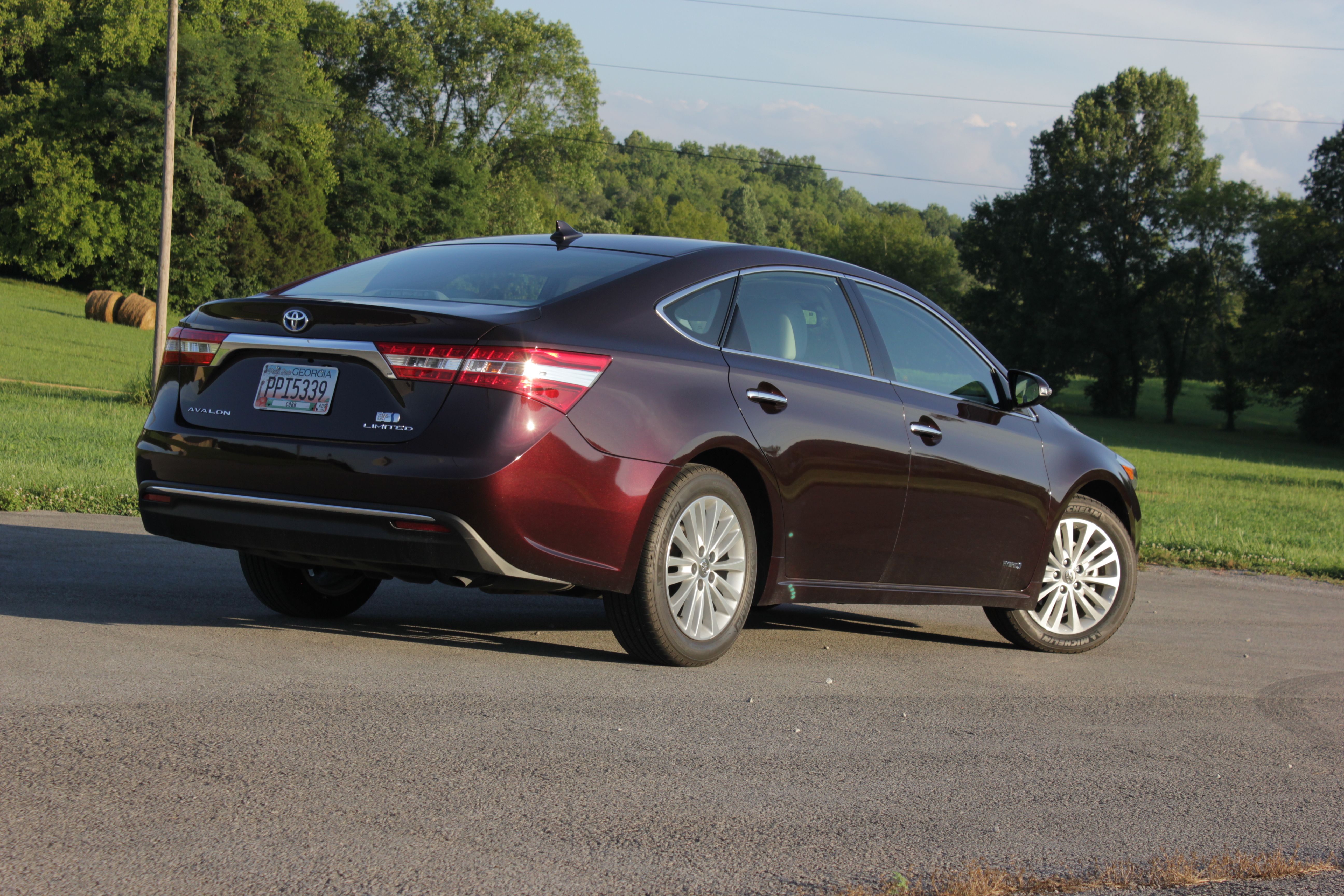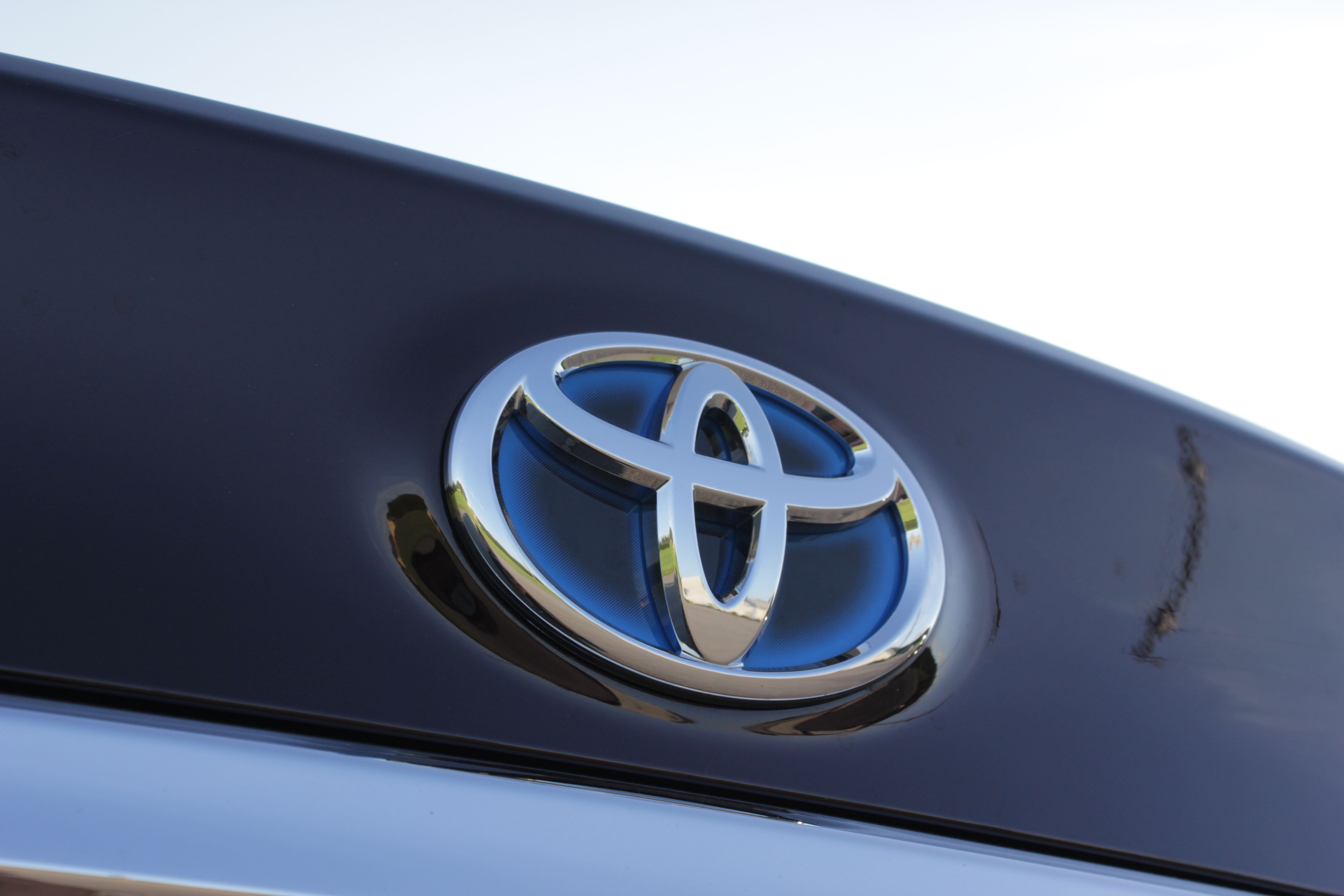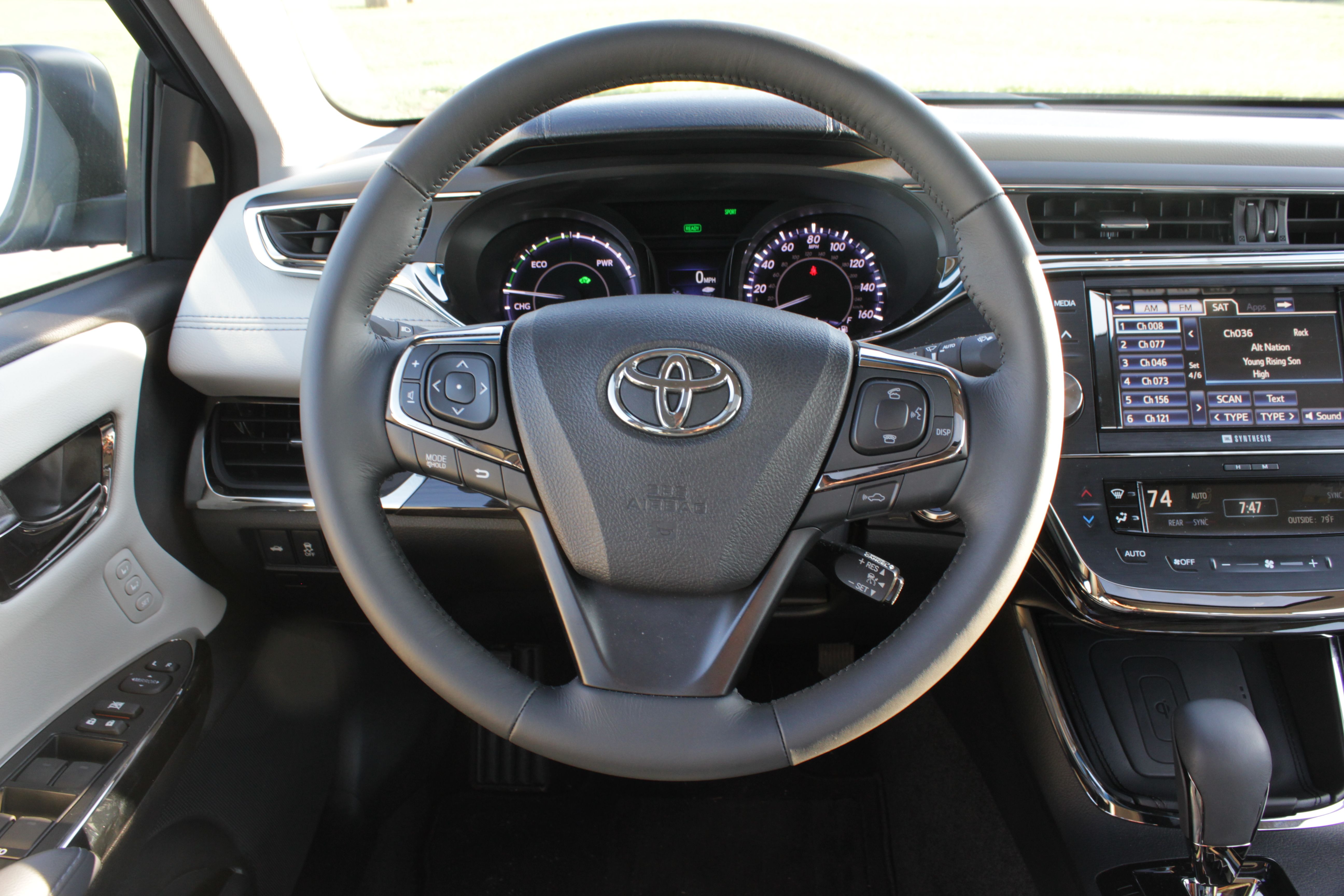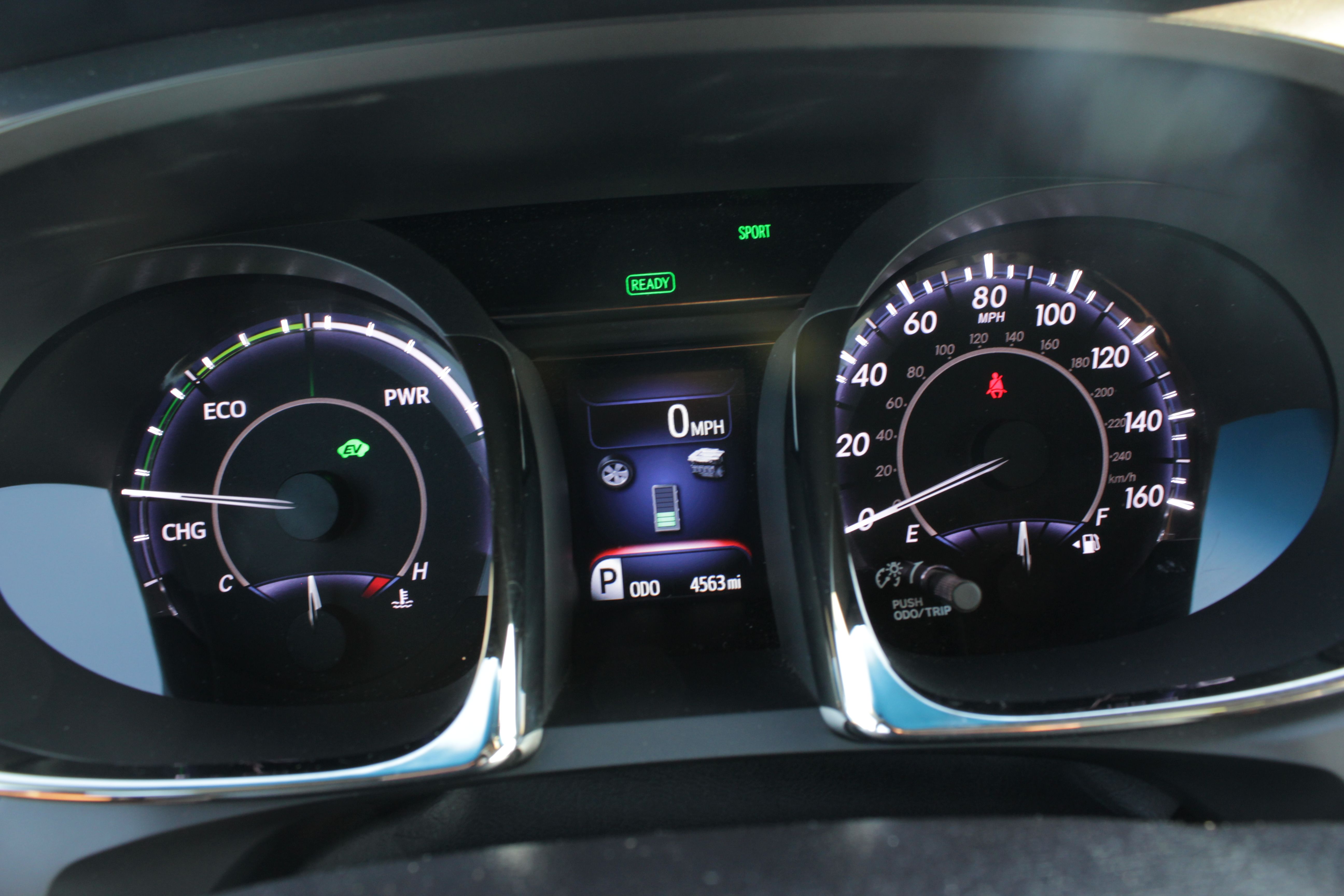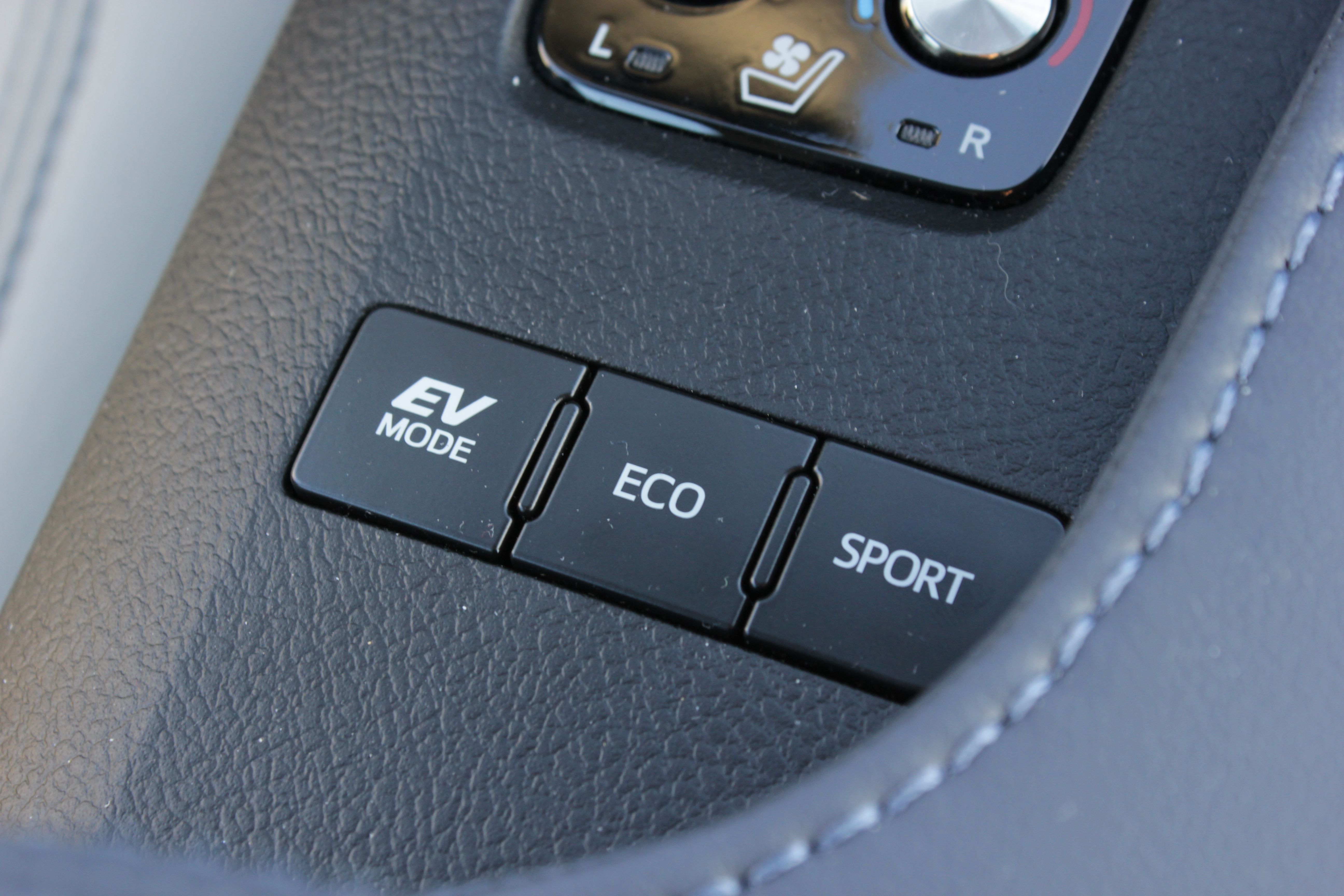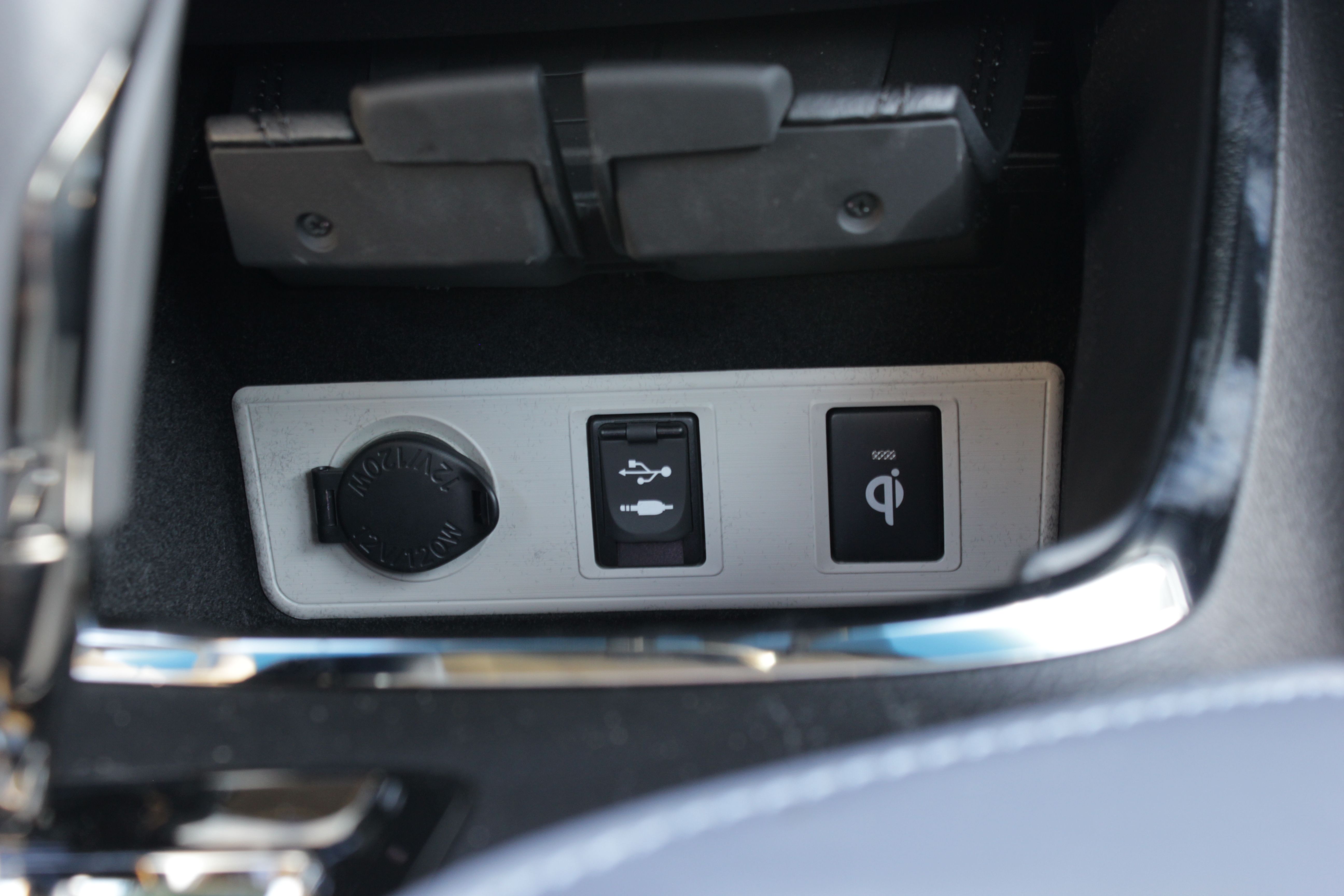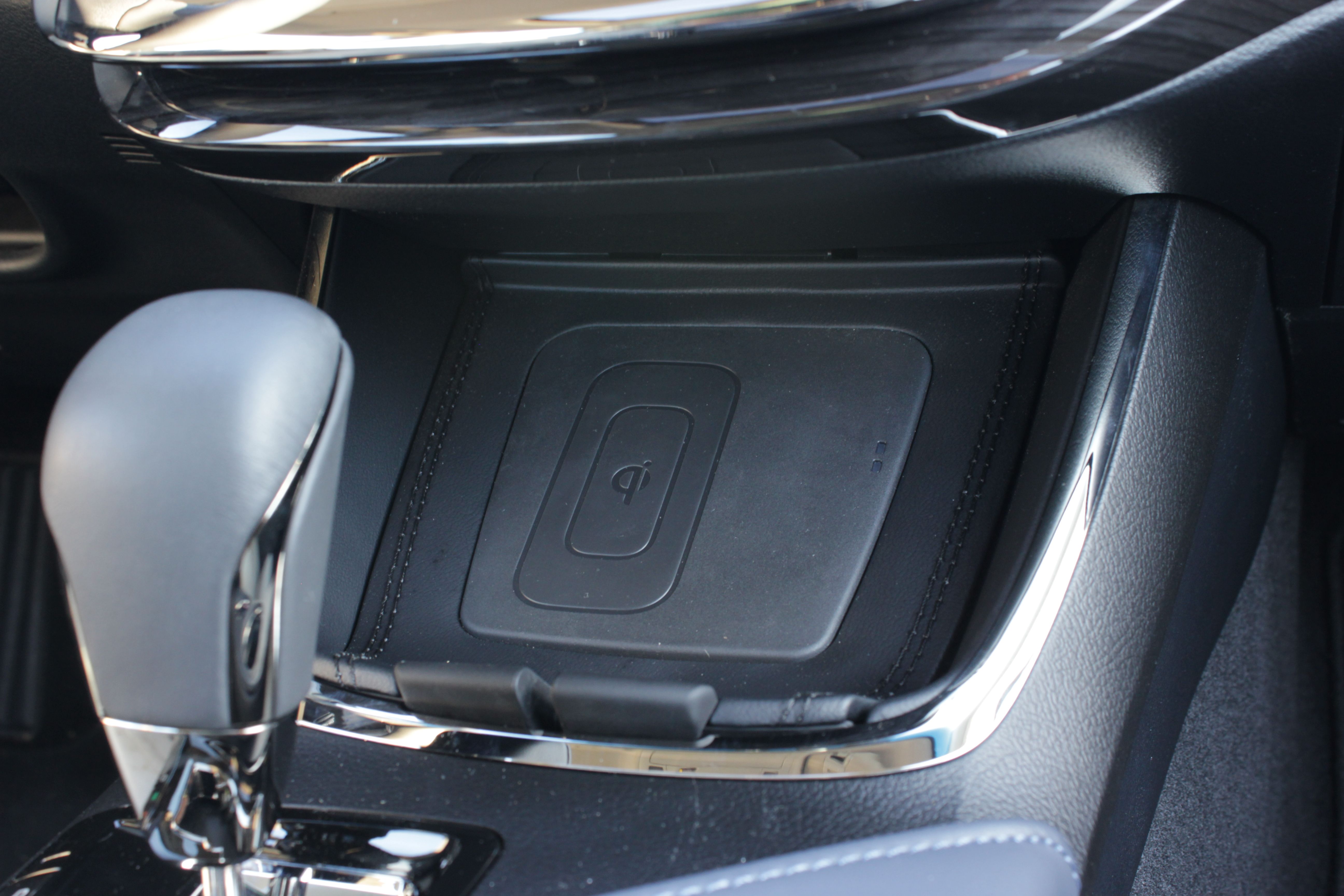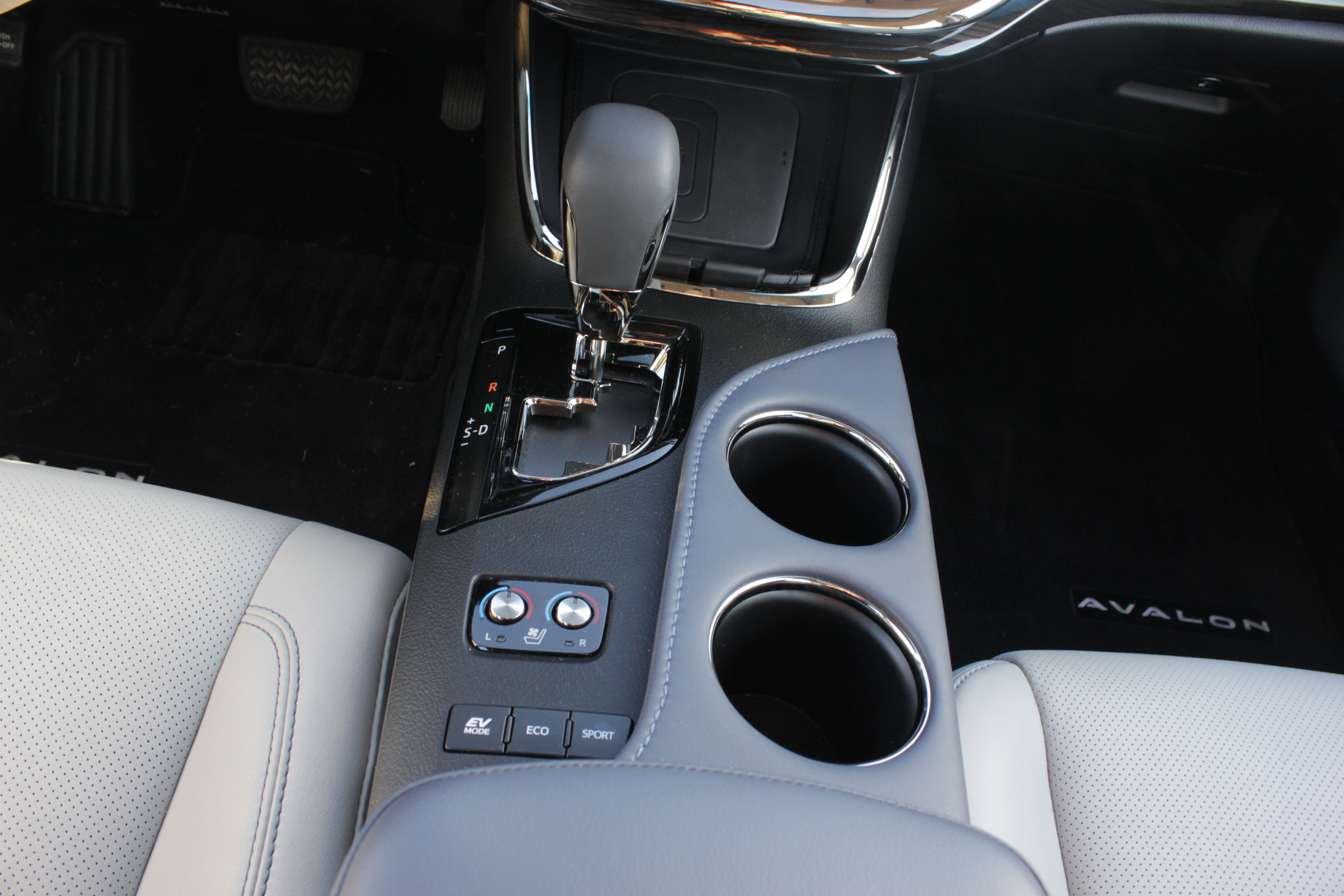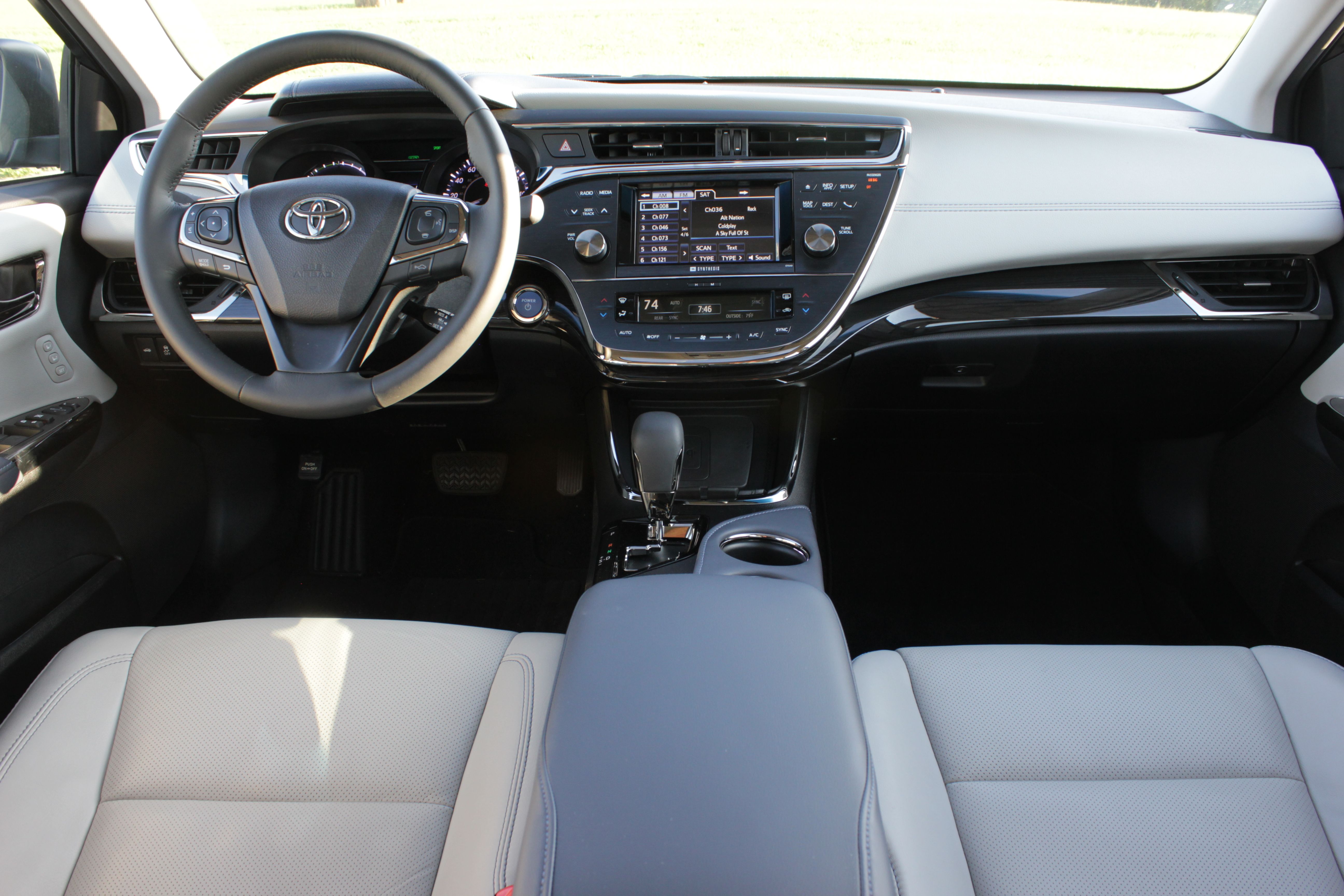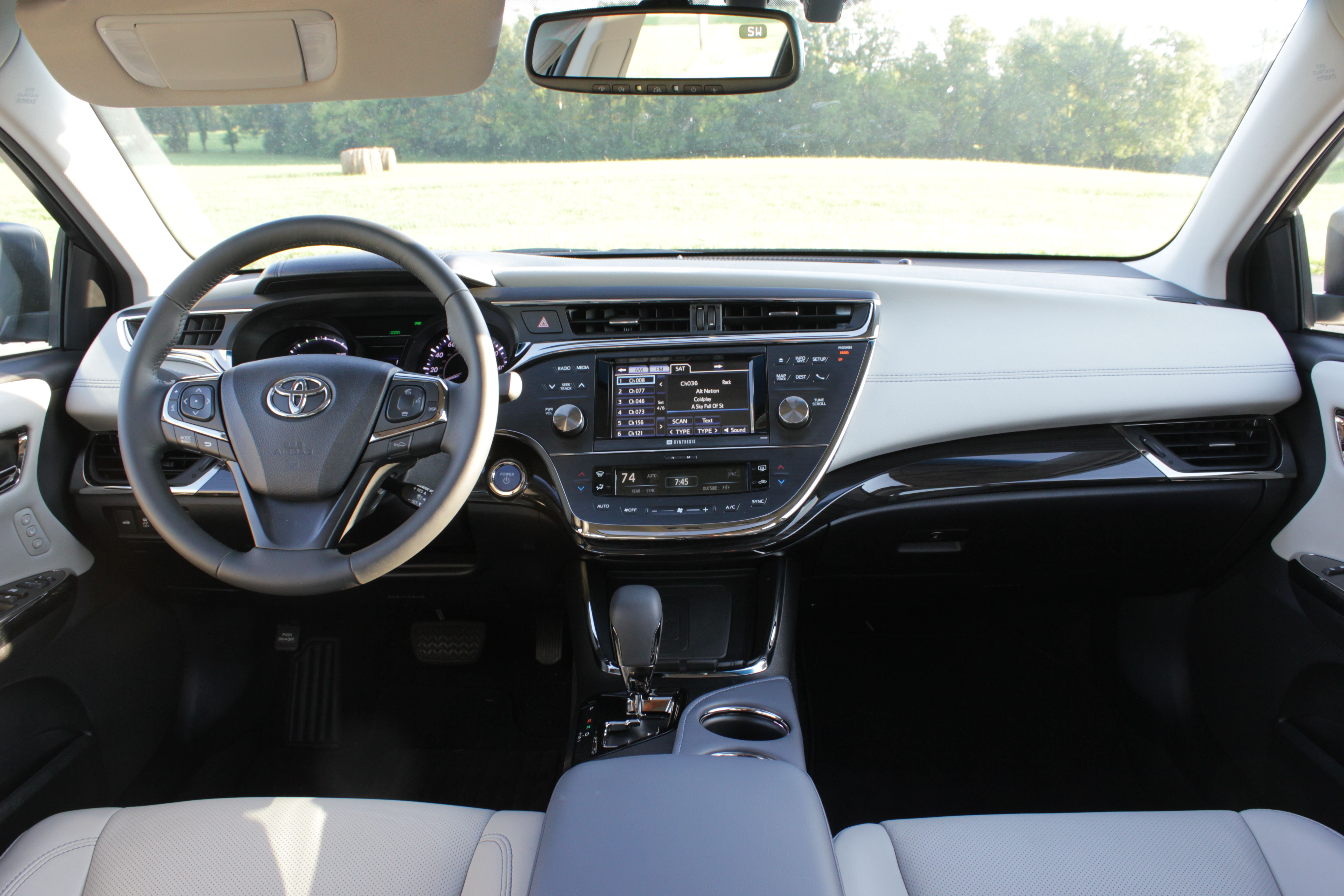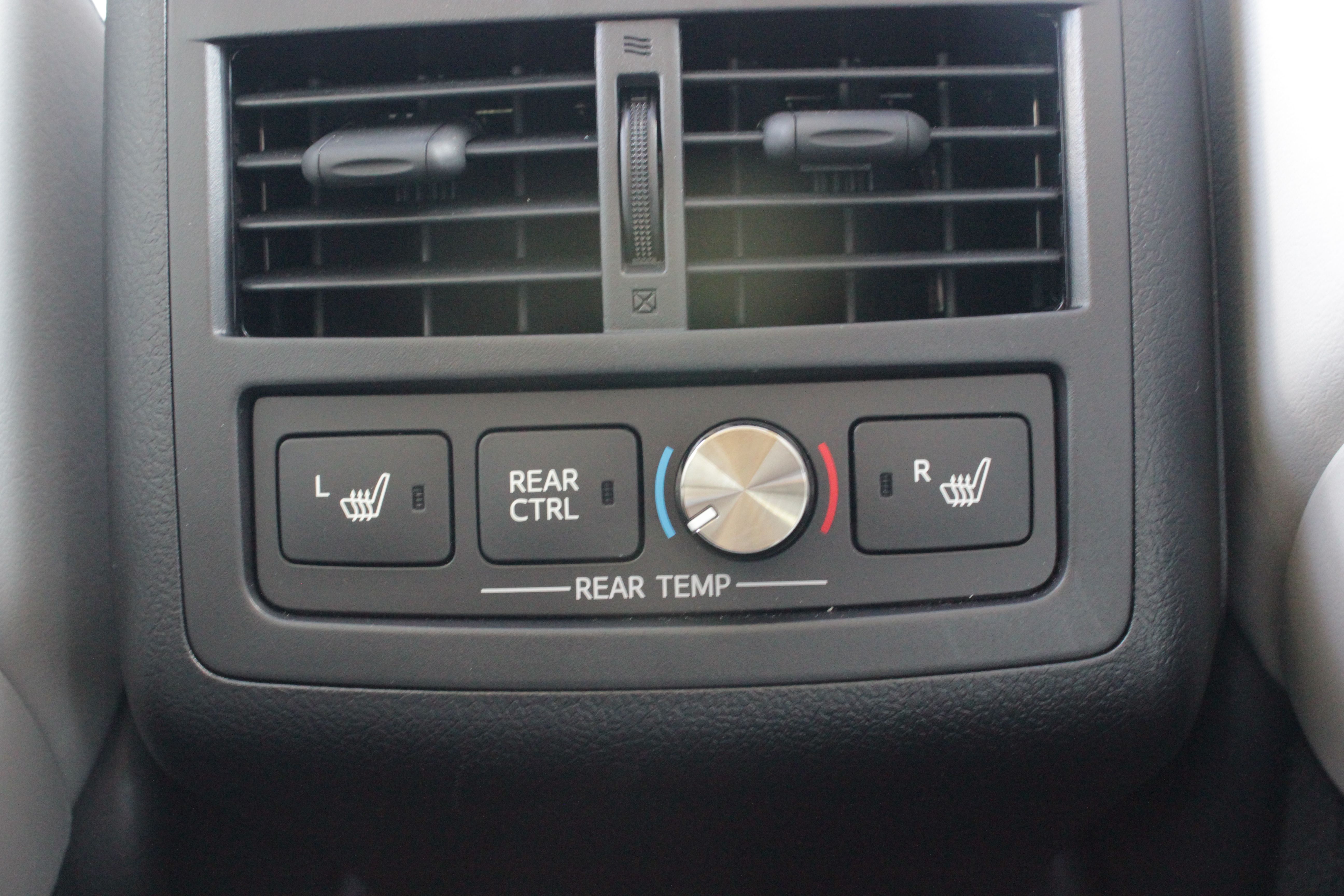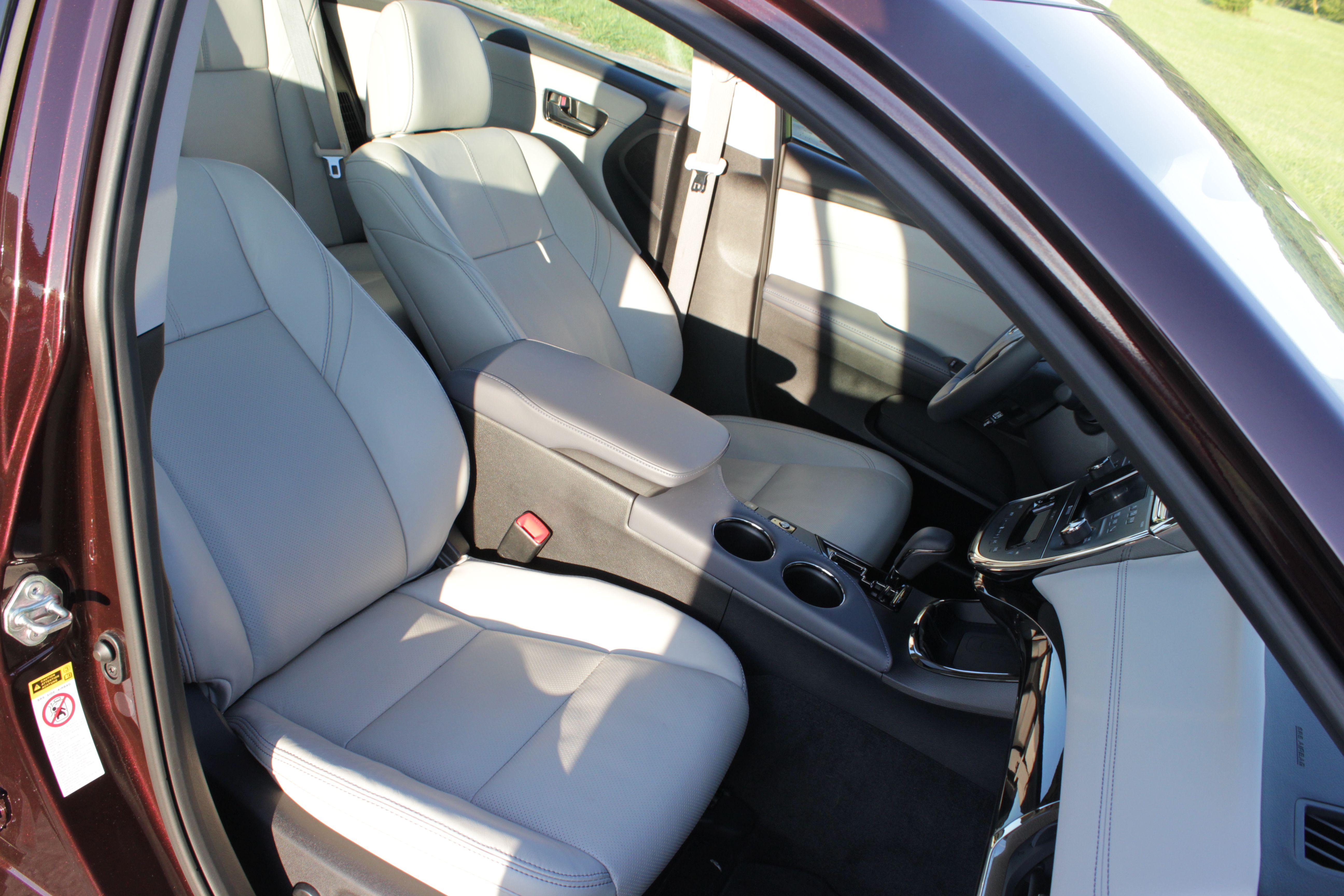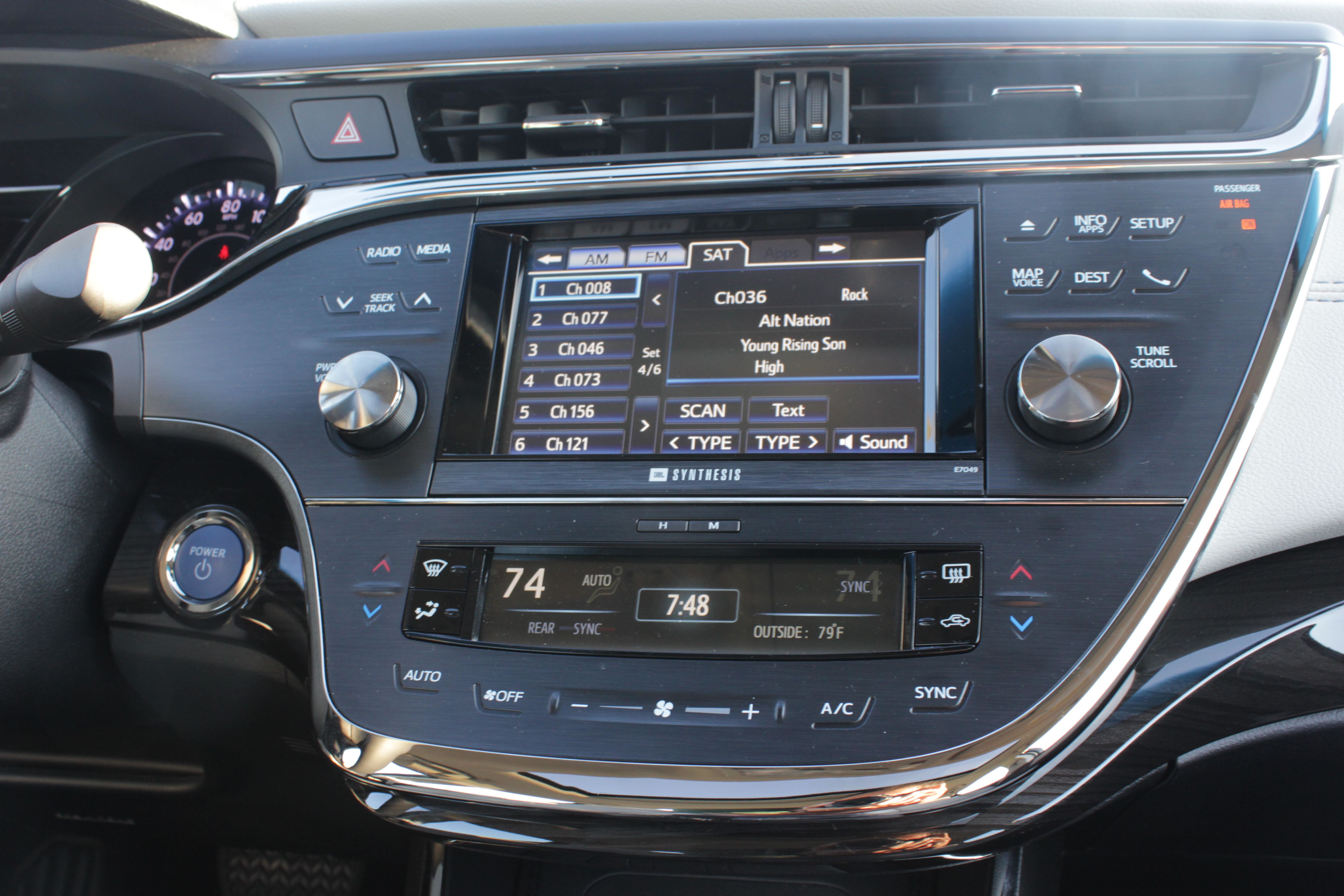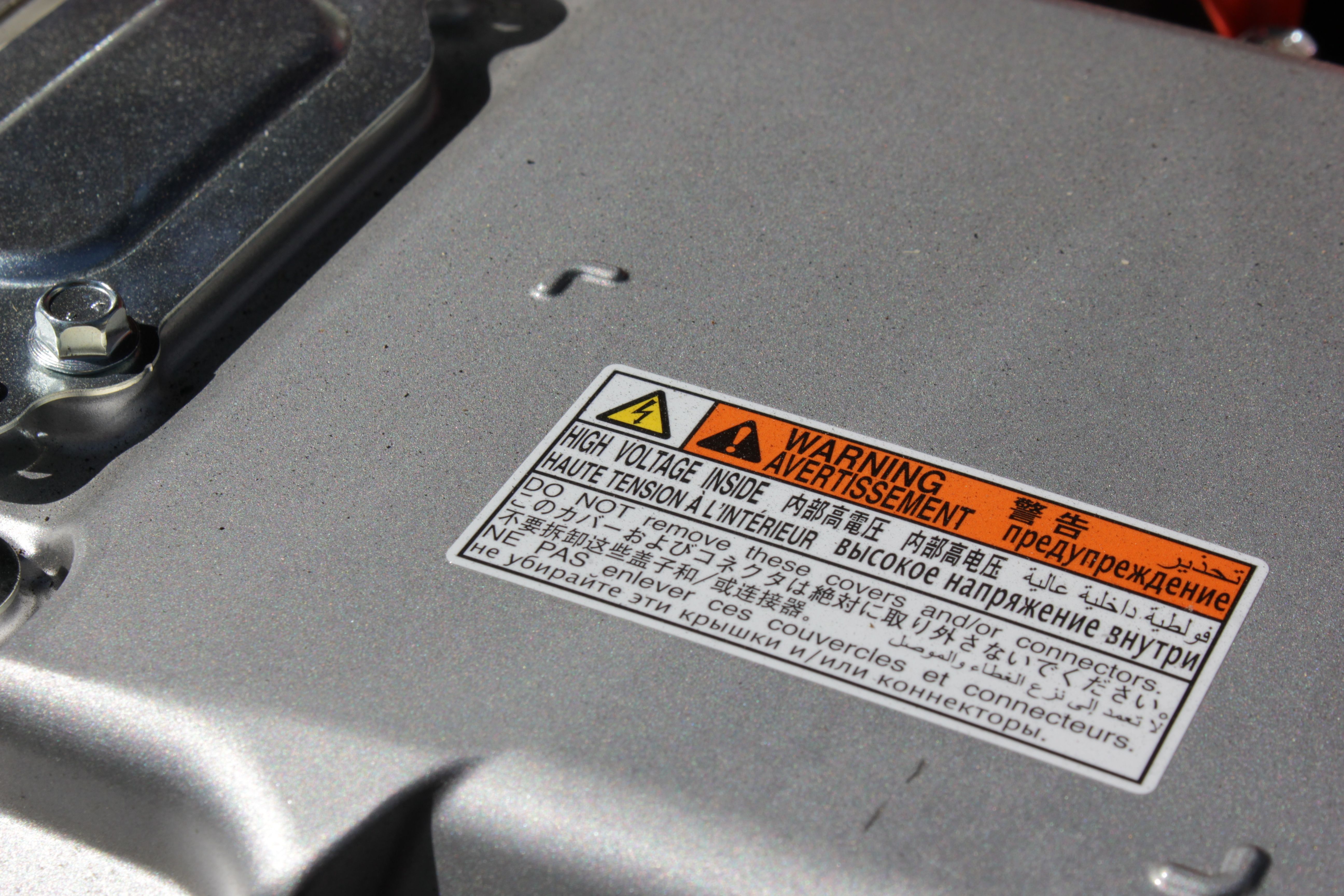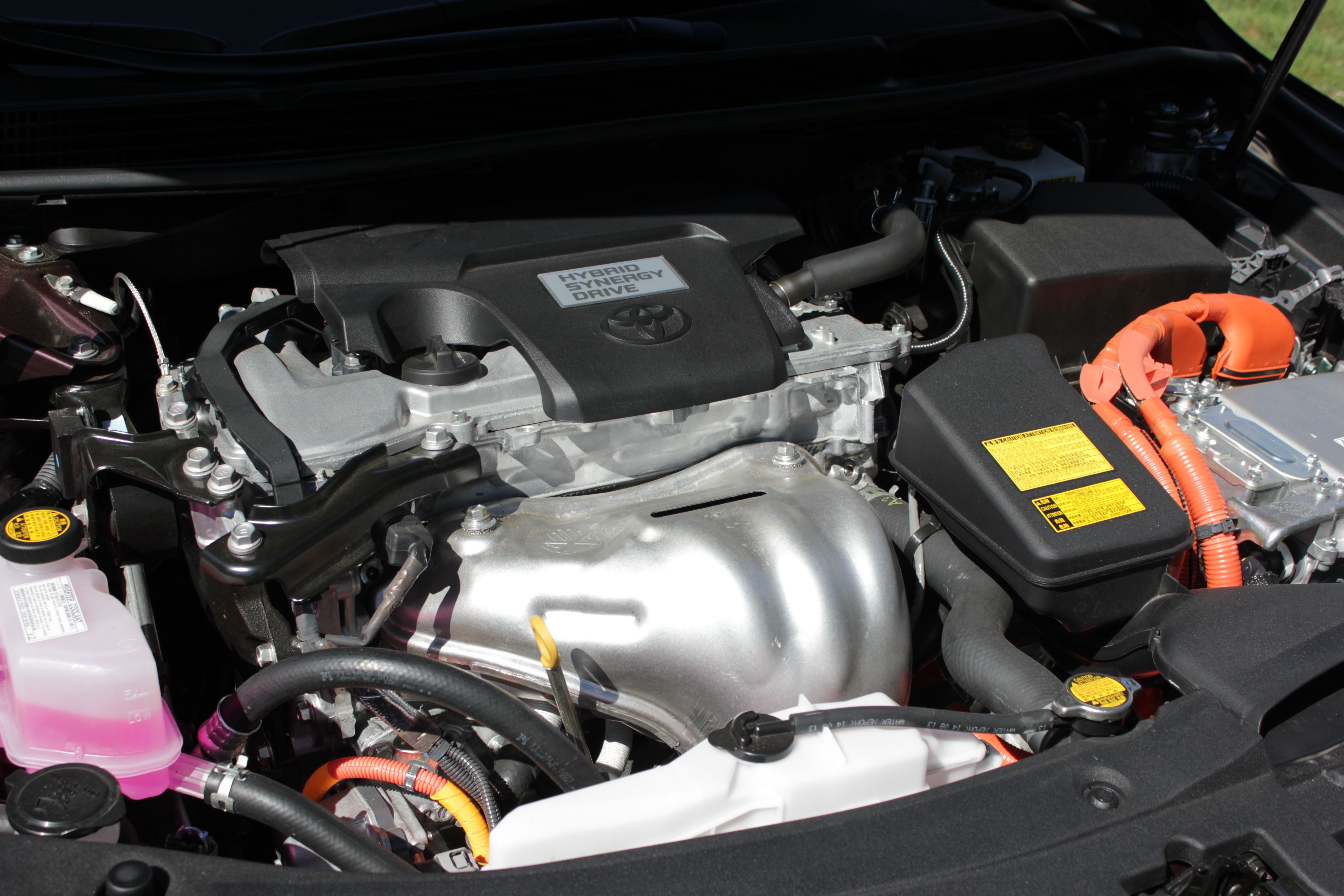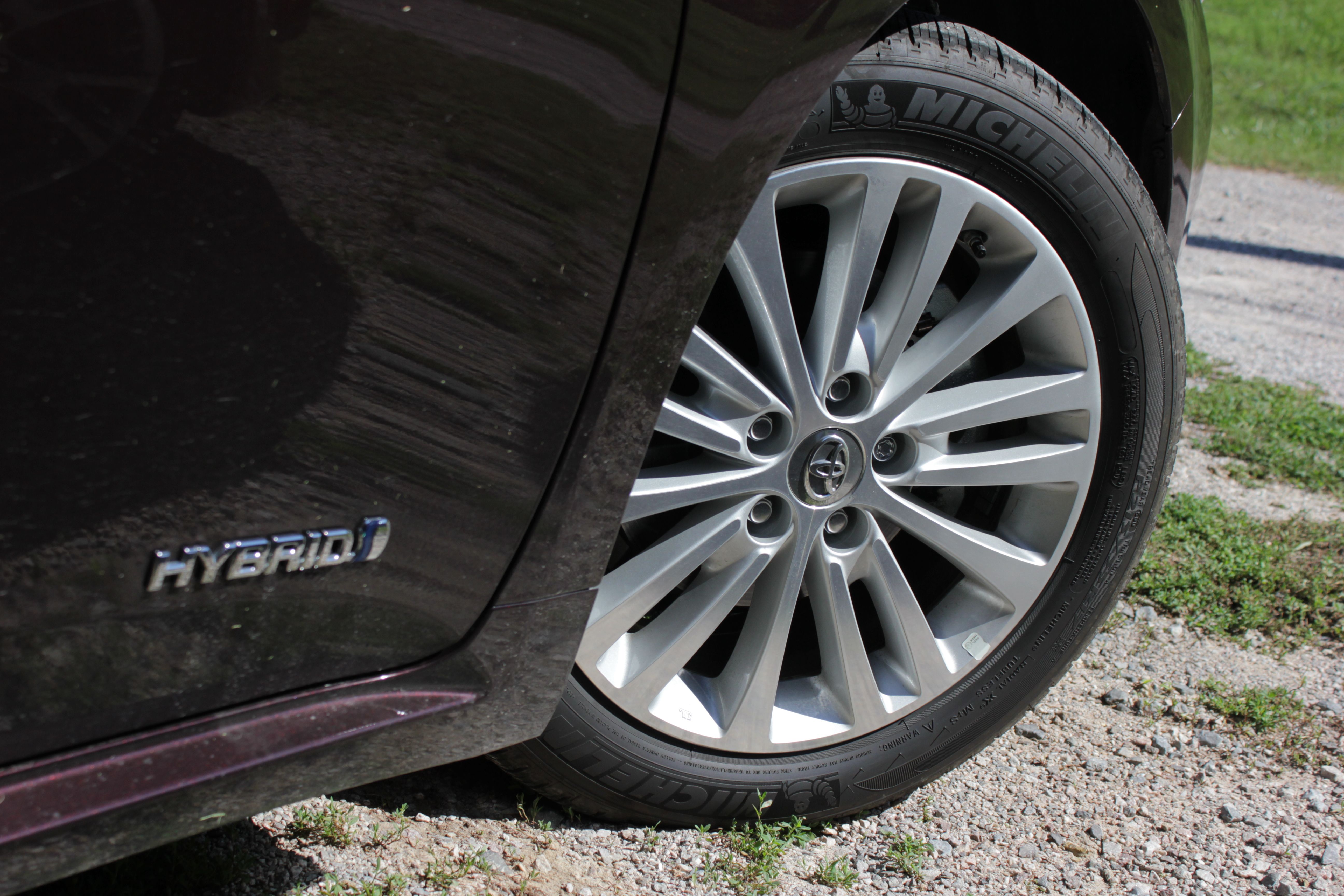The Avalon->ke350 has long been the king of the Toyota->ke88 lineup. It was the largest and most luxurious thing car you could buy from the company without having a Lexus badge on the nose. Now moving into its fourth generation with an all-new design and platform shared with the Lexus ES->ke280, Toyota promises best-ever levels of comfort and refinement from the 2014 Avalon. With the freshly available hybrid->ke147 drivetrain option, the Avalon is also one of the most fuel efficient models in its class as well.
With a price of more than $40k, the new Avalon is also one of the most expensive sedans Toyota has ever created. With the redesign and hybrid powerplant, does this new Avalon still have what it takes to compete in the land of large luxury land barges? Does the new higher price tag put it too close to Lexus territory to justify a purchase? After a few days and several hundred miles, I think I have an answer. Head past the jump to find out what I thought.
Continue reading for our full review of the 2014 Toyota Avalon Hybrid
2014 Toyota Avalon Hybrid - Driven
- Make: Array
- Model: 2014 Toyota Avalon Hybrid - Driven
- Engine/Motor: inline-4
- Horsepower: 200
- Torque: 156
- Transmission: CVT
- [do not use] Vehicle Model: Array
Exterior
The Avalon debuted at the 2012 New York Auto Show as an all-new car that was based on the same platform as the new Lexus ES. The car debuted with an aggressive and futuristic design that was far more handsome than the previous car. Sharply cut body lines and a bold grille make the new Avalon stand out. The new grille looks great, but the front end has been flattened, and it looks a little odd considering the subtle curvature of the rest of the car.
The back of the car is nicely rounded, and the taillamps wrap around the rear end. The actual lamp housings are sharply cut and they meld with a rear chrome trim piece to create one continual line across the trunk lid.
Since this car is the Limited trim, my tester is fitted with 17-inch alloy wheels and there is chrome trim everywhere. Sadly, the car came in a strange color that Toyota calls Sizzling Crimson Mica. In person it looks more like a brown, and it doesn’t do the car any favors.
Interior
While the new exterior of the Avalon was a nice improvement, the interior is the car’s greatest asset. Every frequently touched surface is covered in leather that feels of the highest quality. The dash design is a combination of 3D elements that stick out from each other. It is hard to explain the design in words, but a quick look at the photos will help. As a whole, the dash looks almost like a modern sculpture.
The whole cabin also has a combination black and cream two-tone color. Toyota has even added an extra touch of class with contrast stitching in a very hybrid-appropriate light blue.
The seats are covered in the cream leather with perforations and have the same blue contrast stitching found on the door panes. Each seat also has heating and ventilation. Best of all, the cooling function actually works.
Every piece of the interior feels like it was created with the utmost attention and care. The Avalon is nice enough that you could slap a Lexus badge on the steering wheel and nobody would know the difference.
Apart from the incredible level of luxury and refinement, the Avalon is high on interior space and passenger comfort. The rear seats are nicely shaped and covered in the same soft leather as the front buckets. You can fit three wide in the back, or for adults, you can fold down a center armrest. Both rear seats are heated, and there is a secondary climate system for the rear with controls mounted on the back of the center console.
I do have some issues with the center stack however. The entire system is a huge touch sensitive panel. It looks absolutely incredible from a design perspective, but I hate not having tactile feedback when trying to adjust things like the climate control system.
Drivetrain
As this is a hybrid, the drivetrain is one of the most important features for this car. While the Avalon uses the same basic hybrid setup of electric motor and batteries as both the Prius V and Lexus RX 450h I recently drove, the gasoline engine is different from both. The Avalon splits the difference between the tiny four-cylinder of the Prius and the large V-6 the Lexus by using a 2.5-liter engine. According to Toyota, the gasoline engine alone is good for about 150 horsepower, and when combined with the electric goodies, total system power is rated at 200 horsepower.
That power is sent exclusively to the front wheels through a CVT. The CVT is equipped with a sport shifting mode that allows the driver to select set ratios.
Toyota claims that the Avalon Hybrid can achieve 39 mpg on the highway and 40 mpg in the city with a combined rating of 40. During my time with the Avalon I drove a few hundred miles on the interstate with the cruise set to about 75 followed by about 75 miles of beating the tires off of it on the back roads. When I returned the keys, I had more than 38 mpg showing on the dash. Not quite up to the sticker, but damned close.
Driving Impressions
Considering the hybrid badge on the flanks of the Avalon, it was surprisingly pleasurable to drive. Just like any car in this class, it excels at lazy long-distance cruising. For hours on end you can just lay back and enjoy the ride. The adaptive cruise control will keep you from plowing into anyone who veers into your lane, and the heated and cooled thrones will keep you comfortable mile after mile.
If you decide you have had enough of the lazy Sunday drive, push the sport button on the center console, move the shifter into the “S” gear selector mode and plant your right foot. When you follow those steps, the Avalon will launch itself forward with an unexpected amount of gusto. From a dead stop you will 60 in a shade over 8 seconds, and you will feel like an absolute lunatic the entire time. The redline of the 2.5-liter engine sits at 5,700 rpm, and once it gets near that point it sounds like its going to explode. It is far from the refined feel and sound you get from a real sports car, but that sort of adds to the excitement.
Trying to use all that speed in the corners won’t net you the best results, but the car will likely surprise you. Just like the other hybrids I have driven in the last few weeks, having those batteries mounted low in the middle of the car dramatically affects the center of gravity. The car will still plow wide through any corner if you come in too hot, but overall the car does a better job than I expected from a 16-foot-long hybrid sedan. Steering feel is non-existent and it feels overly boosted most of the time, but at least it responds quickly to commands.
The only real complaint I have about driving the Avalon comes down to its fancy touchscreen dash. The controls all look phenomenal, but it takes a greater amount of effort to make sure you are properly hitting the right spots. The system is also very sensitive. On multiple occasions I turned up the temperature on the climate control system while trying to adjust the stereo volume. At least I don’t have to use the touchscreen to turn the seat heaters on like many Ford products.
Price
Our tester did not come with a window sticker, but a few minutes on the Toyota website had things sorted out. The base price for a Toyota Avalon Hybrid in Limited trim is $41,460. After the addition of options like the Technology Package that adds the radar guided cruise control and the Qi wireless charging system, as well as the destination charge, we are starting at an estimated cost of $44,555.
Competition
Kia Cadenza
The Kia Cadenza is a great choice for anyone looking for a competitor to the Avalon, but don’t care much for the hybrid drivetrain. The Cadenza has a similar visual style, but swaps the wheezy hybrid out for a 3.3-liter V-6 engine with 293 horsepower. Despite that massive power, Kia says the Cadenza can still manage 28 mpg on the highway.
Pricing for the highest level Cadenza starts at $42,400 and gets you equipment like 19-inch wheels and LED fog lights. It’s a near even level of equipment with a slight nod going towards the Kia for the nicer Nappa leather and larger wheels, but pricing is very close between the two cars. You get a bit more kick, but you don’t really save any money by choosing the Kia over the Toyota.
Lexus ES 300h
The biggest problem with trying to a buy a hybrid sedan of this size and price point is that the biggest competitor to the Avalon is the Lexus ES hybrid. With the same engine and fuel economy rating, you can’t split them on performance, and thanks to the new Avalon’s incredible interior, there is very little difference to split them by on the inside.
The Lexus ES 300h is arguable the better looking of the two cars, but what the final decision is likely going to come down to is badge preference and wallet size. Our Avalon’s estimated as-tested price of $44,500 is about $2,500 less than a comparably equipped ES Hybrid. If you want even more luxury and equipment like semi-aniline leather seats and rear side sunshades, the ES is your only option, but for the same kit we have here, a buyer would be stuck deciding if the spindle grille and Lexus badge are worth the $2,500 asking price.
Conclusion
The Toyota Avalon Hybrid is easily my favorite hybrid that I have driven from the Toyota family so far. The Lexus RX was too expensive and poor on fuel consumption, and while the Prius V was fun to drive and had great fuel economy, but it was cheaply built and underpowered. The Avalon splits that gap by providing incredible luxury with a frugal drivetrain. The only big issue with the Avalon is that you can get a comparably equipped Lexus ES hybrid for nearly the same money. Hood badges do quite a lot to sway buyers, and I worry if Toyota is going to be cannibalizing sales.
Overall, if you just want a quiet and leather filled way to get to work in comfort every day, the Avalon Hybrid will happily ferry you along at nearly 40 mpg. Not a bad deal in my book.

